Want to supercharge your deadlift training?
Deadlifts are the king of compound lifts. They work multiple muscle groups, build real-world strength, and challenge your mental grit. Whether you’re a beginner looking to master form or an experienced lifter aiming to break through plateaus, learning the top deadlift variations can skyrocket your progress.
In this detailed guide, we’ll break down:
- What makes the deadlift a must-do movement
- The top deadlift variations and their target muscles
- Benefits of incorporating multiple deadlifts
- Common form mistakes to avoid
- Tips to improve your deadlift game
Why Deadlifts Deserve a Spot in Every Workout Plan?
Before we dive into the variations, let’s understand why deadlifts are essential:
- Full-body activation: Hits glutes, hamstrings, back, traps, core, and forearms.
- Real-life application: Mimics lifting objects off the ground—functional strength.
- Posture improvement: Strengthens the posterior chain, reducing lower back issues.
- Hormonal response: Triggers a major anabolic response, aiding muscle growth.
The Top Deadlift Variations You Should Try
Each deadlift variation has a unique focus. Depending on your goals—whether it’s hypertrophy, strength, or rehab—there’s a perfect version for you.
1. Conventional Deadlift
Primary focus: Hamstrings, glutes, lower back
This is the classic version you see in most strength programs.
How to do it:
Feet shoulder-width apart, grip the bar just outside the knees, keep the spine neutral, drive through the heels, and pull the bar close to your shins.
Best for: Overall strength and beginner lifters
Avoid if: You have limited hamstring flexibility or lower back issues
2. Sumo Deadlift
Primary focus: Inner thighs (adductors), glutes, quads
This version uses a wider stance and more upright torso position.
How to do it:
Feet wide, toes slightly pointed out, hands grip inside the knees. Push knees out, keep chest up, and drive through the hips.
Best for: Lifters with long torsos or back issues
Avoid if: You have poor hip mobility

3. Romanian Deadlift (RDL)
Primary focus: Hamstrings and glutes (hip hinge emphasis)
Perfect for increasing hamstring mobility and strength.
How to do it:
Start from a standing position, hinge at the hips while keeping legs slightly bent, lower the bar just past your knees, and then return to standing.
Best for: Muscle hypertrophy and athletic performance
Avoid if: You can’t maintain a neutral spine
4. Trap Bar Deadlift (Hex Bar)
Primary focus: Quads, glutes, traps
Easier on the lower back and better for beginners or injury rehab.
How to do it:
Stand inside the hex bar, grab the handles, and lift while keeping your torso upright.
Best for: Athletes and general fitness training
Avoid if: You don't have access to a trap bar
5. Deficit Deadlift
Primary focus: Hamstrings, glutes, lower back (range of motion booster)
A variation where you stand on an elevated platform, increasing the pull distance.
Best for: Improving strength off the floor
Avoid if: You struggle with mobility or spinal alignment
6. Snatch-Grip Deadlift
Primary focus: Upper back, traps, glutes
Hands are placed wider (like an Olympic snatch), creating a longer pull and targeting the upper back.
Best for: Explosive power and upper back strength
Avoid if: You lack shoulder mobility or grip strength
7. Stiff-Leg Deadlift
Primary focus: Hamstrings
Similar to RDL but with less knee bend and more stretch.
Best for: Hamstring hypertrophy
Avoid if: You can’t maintain tension in the posterior chain
8. Block Pulls / Rack Pulls
Primary focus: Lockout strength, traps, and glutes
Bar starts elevated, reducing range of motion and placing focus on top-end strength.
Best for: Building lockout strength
Avoid if: You’re trying to strengthen your bottom position

Benefits of Including Multiple Deadlift Variations
Mixing deadlift types isn’t just for variety—it’s for performance and injury prevention.
1. Correct Weak Points
Struggling with lockout? Try block pulls. Trouble off the floor? Add deficit deadlifts.
2. Prevent Overuse Injuries
Rotating variations reduces repetitive strain and lets different muscle groups recover.
3. Improve Athletic Performance
Trap bar deadlifts improve vertical jump and sprinting power due to quad activation.
4. Better Hypertrophy
RDLs and stiff-leg deadlifts isolate muscles better for hypertrophy vs. conventional deadlifts.

Common Deadlift Mistakes to Avoid
No matter which variation you choose, form is king.
- Rounding the back: Keep your spine neutral throughout the lift.
- Bar too far from the body: The bar should stay close—almost scraping your shins.
- Not locking out: Fully extend the hips at the top.
- Too much weight too soon: Start light and master the technique.
Tips to Maximize Your Deadlift Gains
- Warm up properly: Include dynamic stretches and hip mobility drills.
- Use chalk or straps: For better grip on heavy sets.
- Strengthen your core: Deadlift strength depends on a stable core.
- Train posterior chain: Exercises like glute bridges, GHRs, and back extensions support deadlifts.
- Film yourself: Fixing your form becomes easier when you can see what’s going wrong.
How Often Should You Deadlift?
It depends on your goals:
|
Goal |
Frequency |
|
Strength (e.g., powerlifting) |
1-2x/week |
|
Hypertrophy |
1-2x/week (higher volume, lighter weight) |
|
General fitness |
1x/week |
|
Athletic performance |
1x/week, focus on trap bar or sumo |
Which Deadlift Is Right for You?
There’s no one-size-fits-all. Each deadlift variation serves a purpose. If you’re a beginner, start with trap bar or conventional. If you're chasing muscle growth, bring in RDLs and stiff-leg deadlifts. If you’re building power, sumo and deficit lifts are your best friends.
Most importantly, always focus on proper form, progressive overload, and recovery. Your deadlift will thank you—and so will your gains.


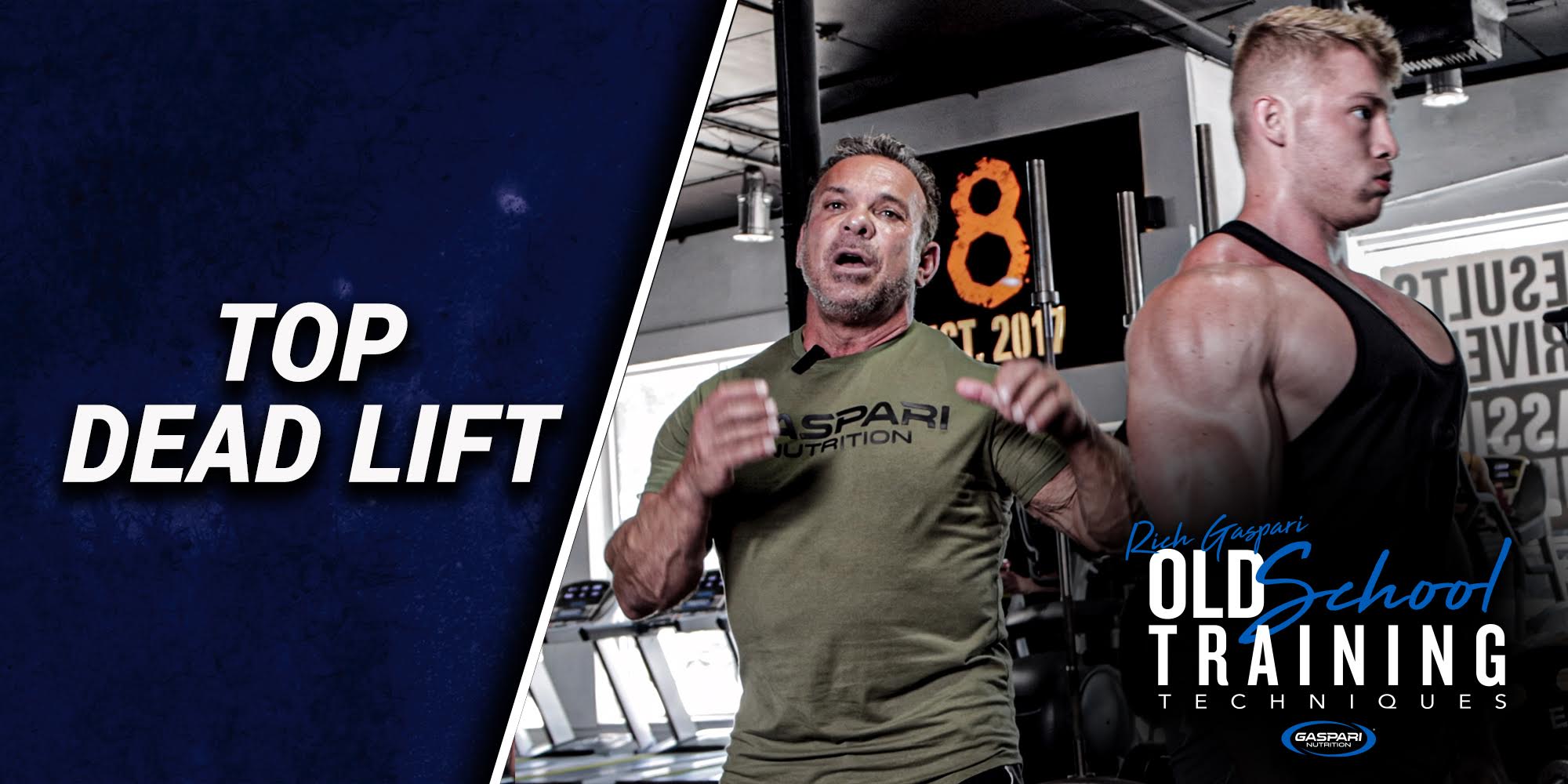
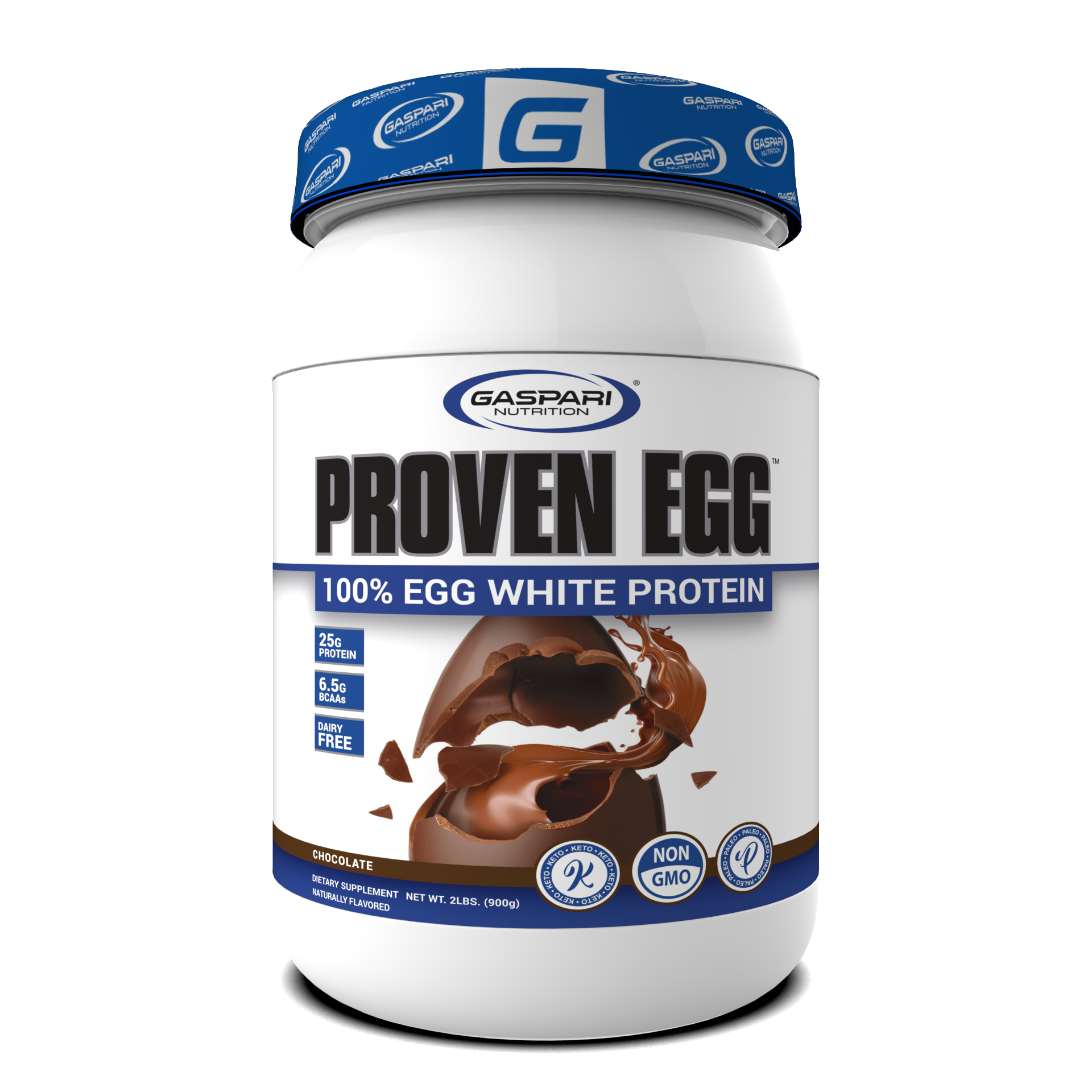
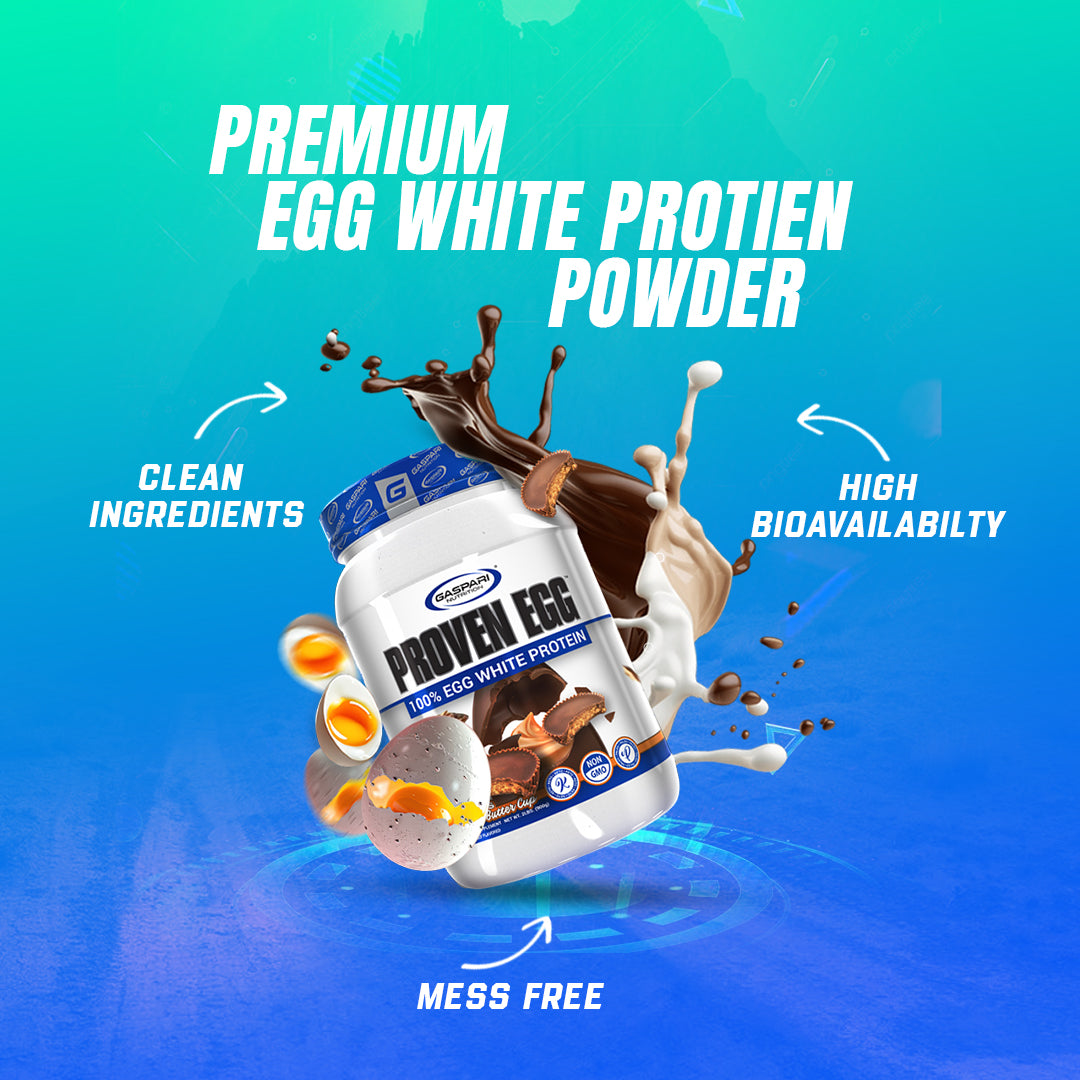
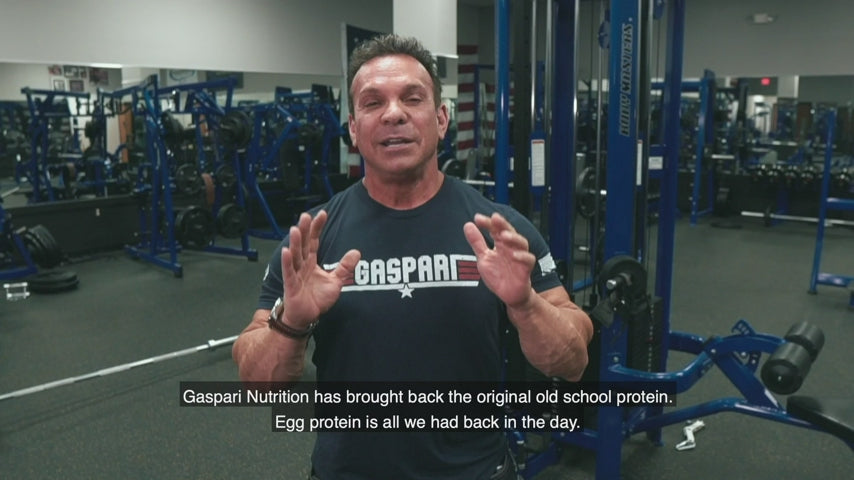
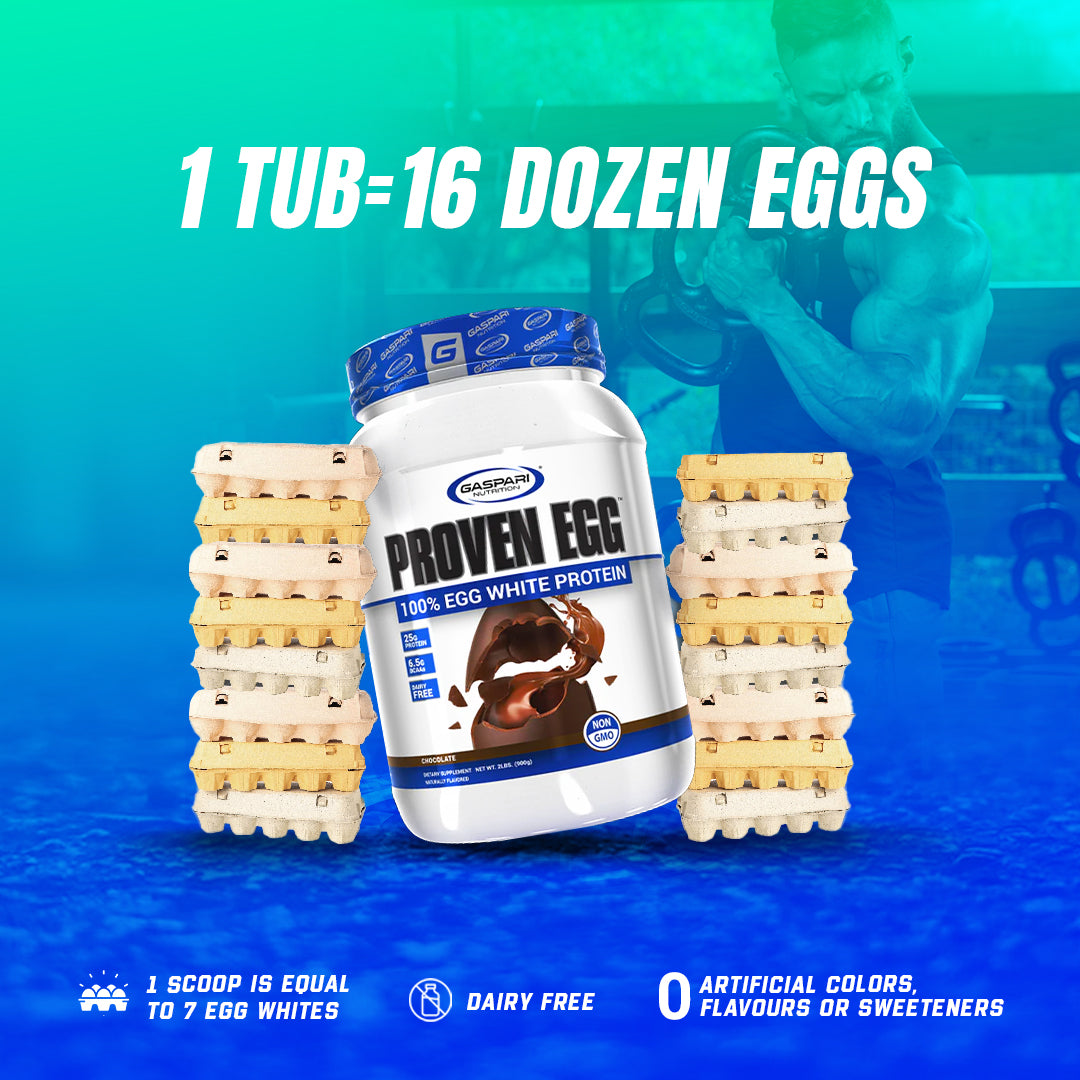

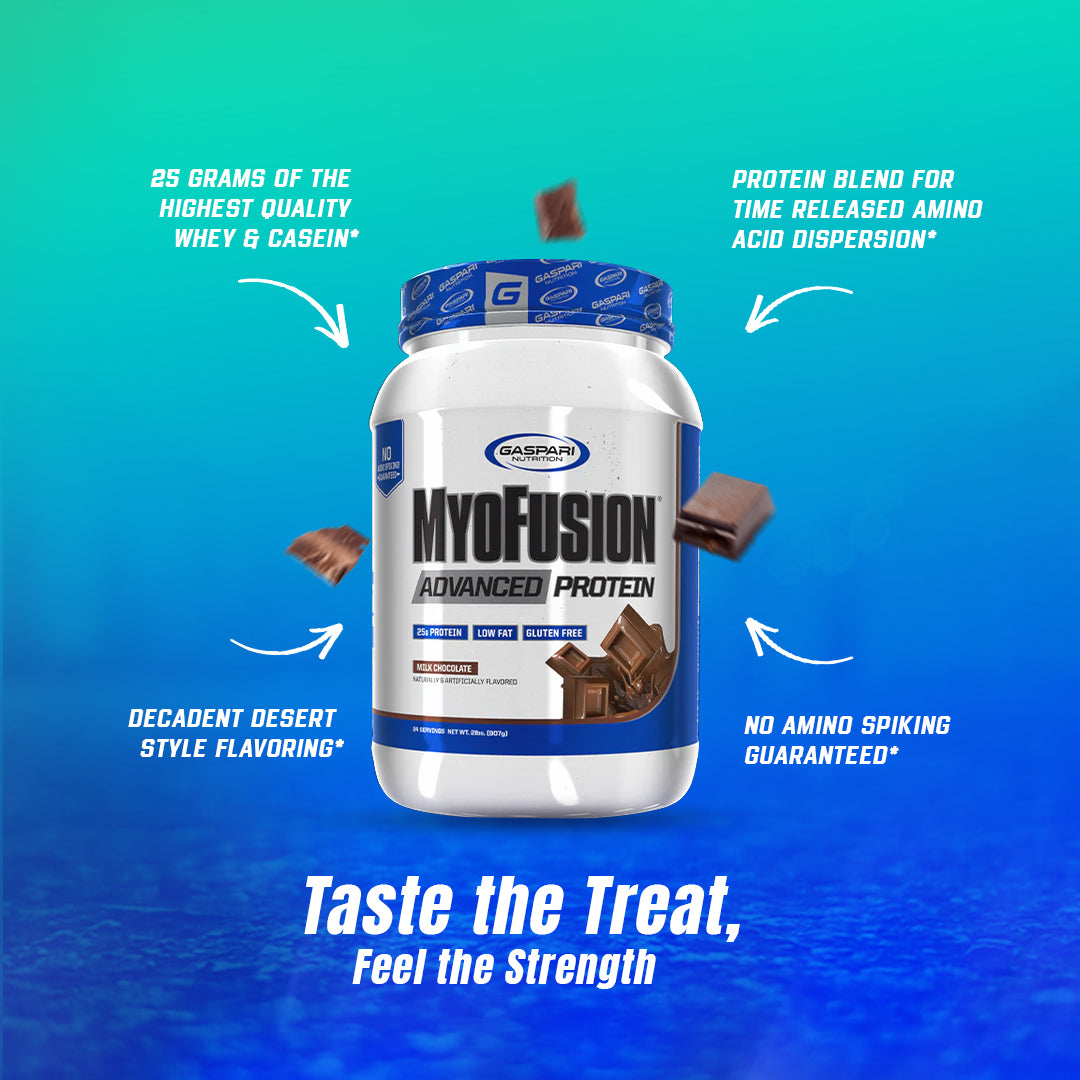
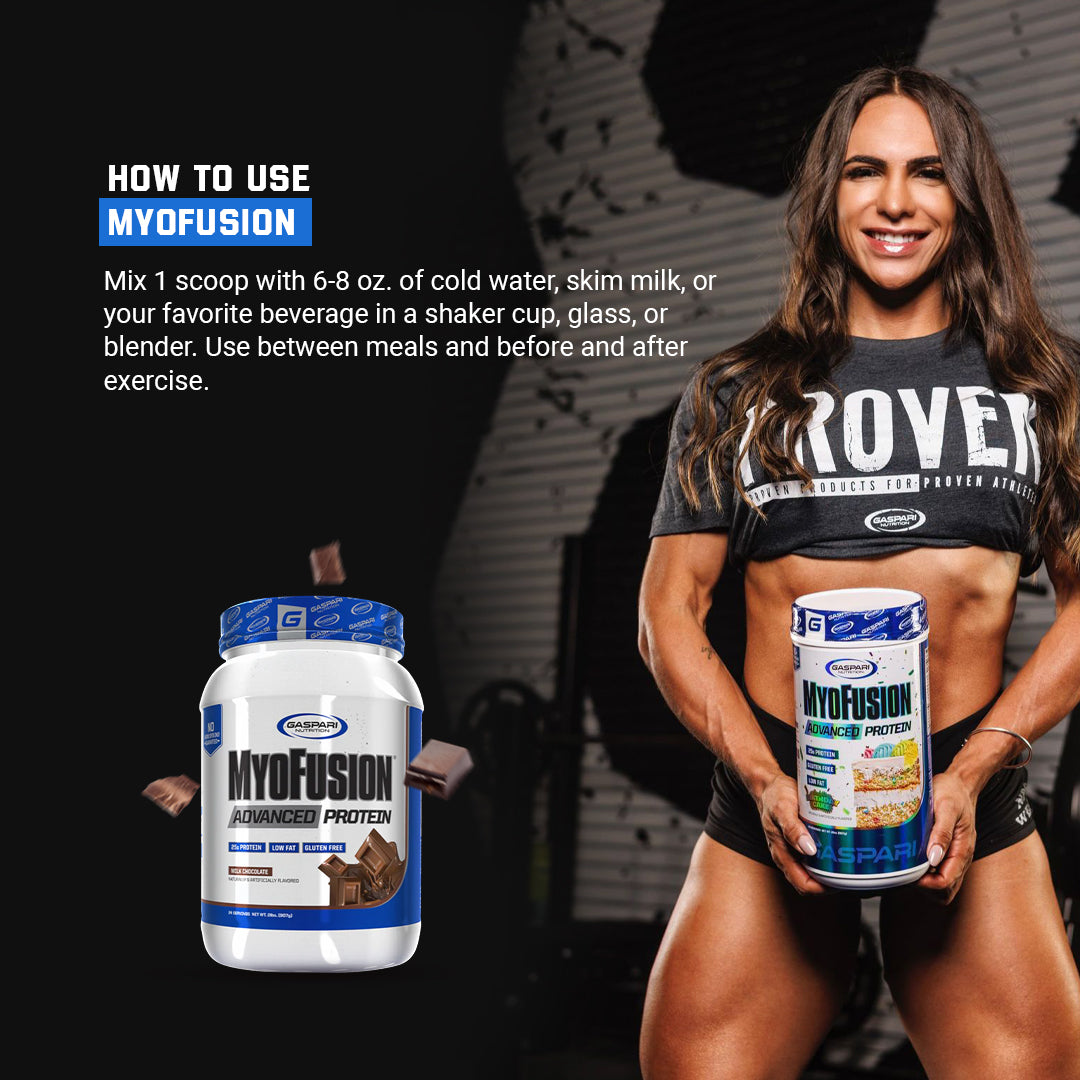
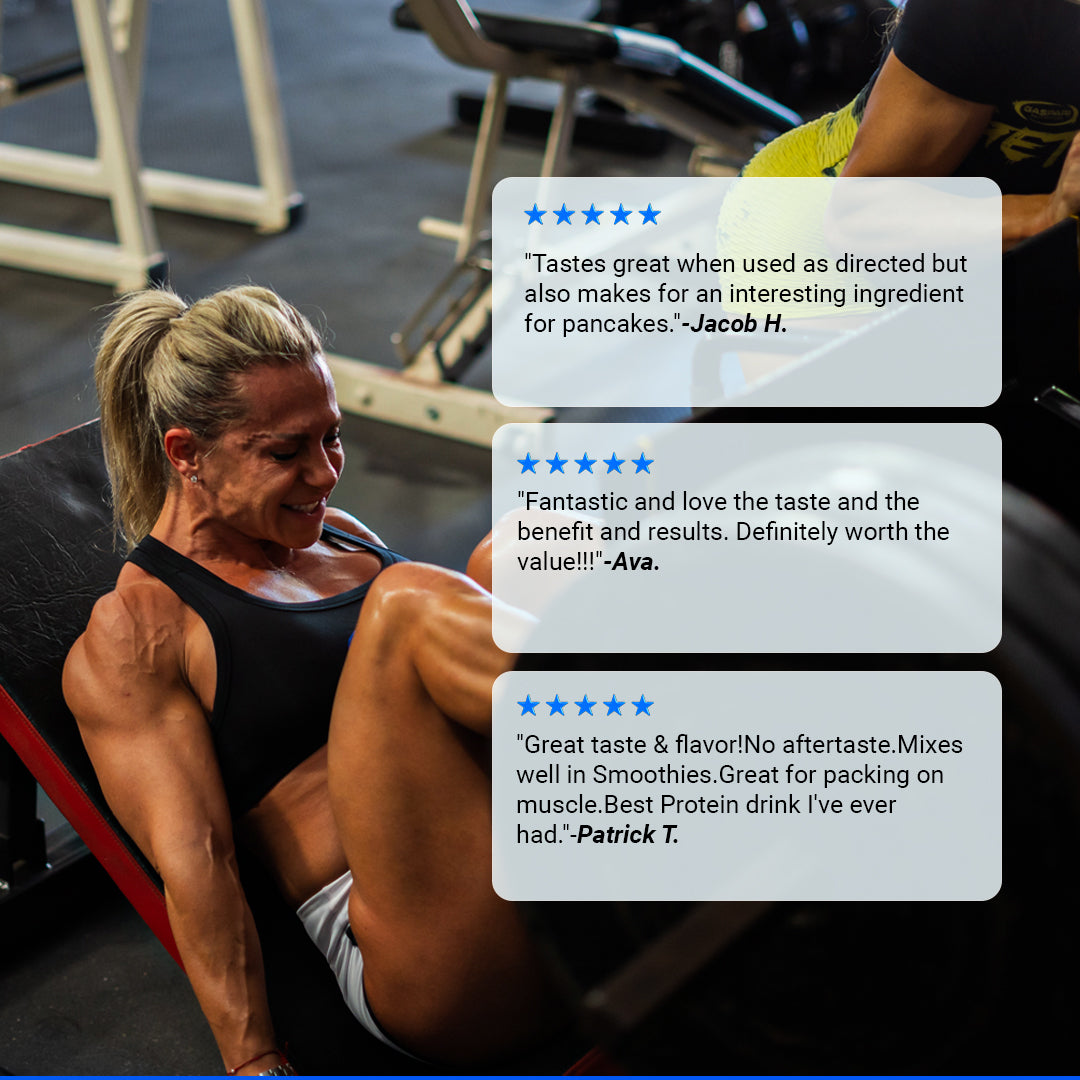
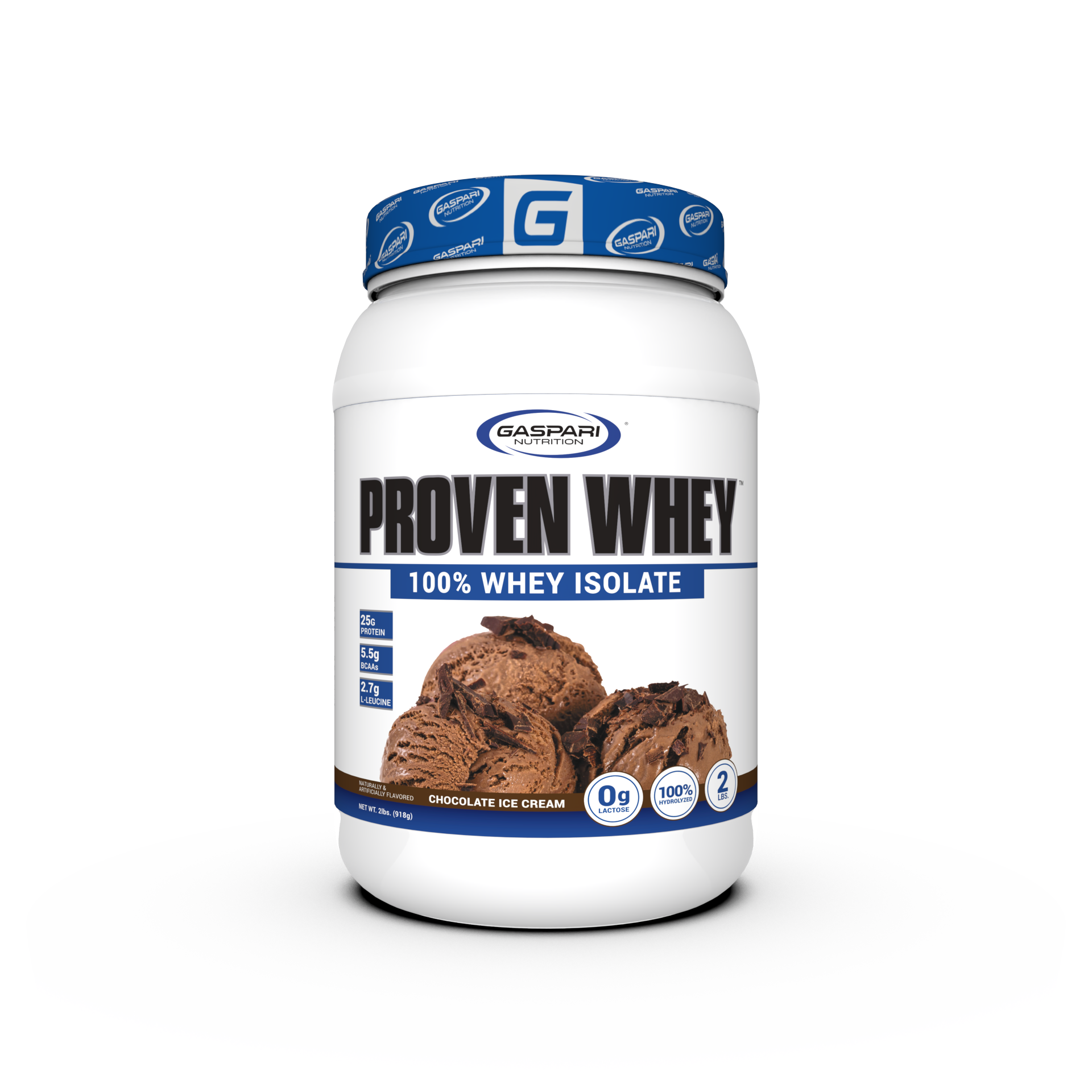
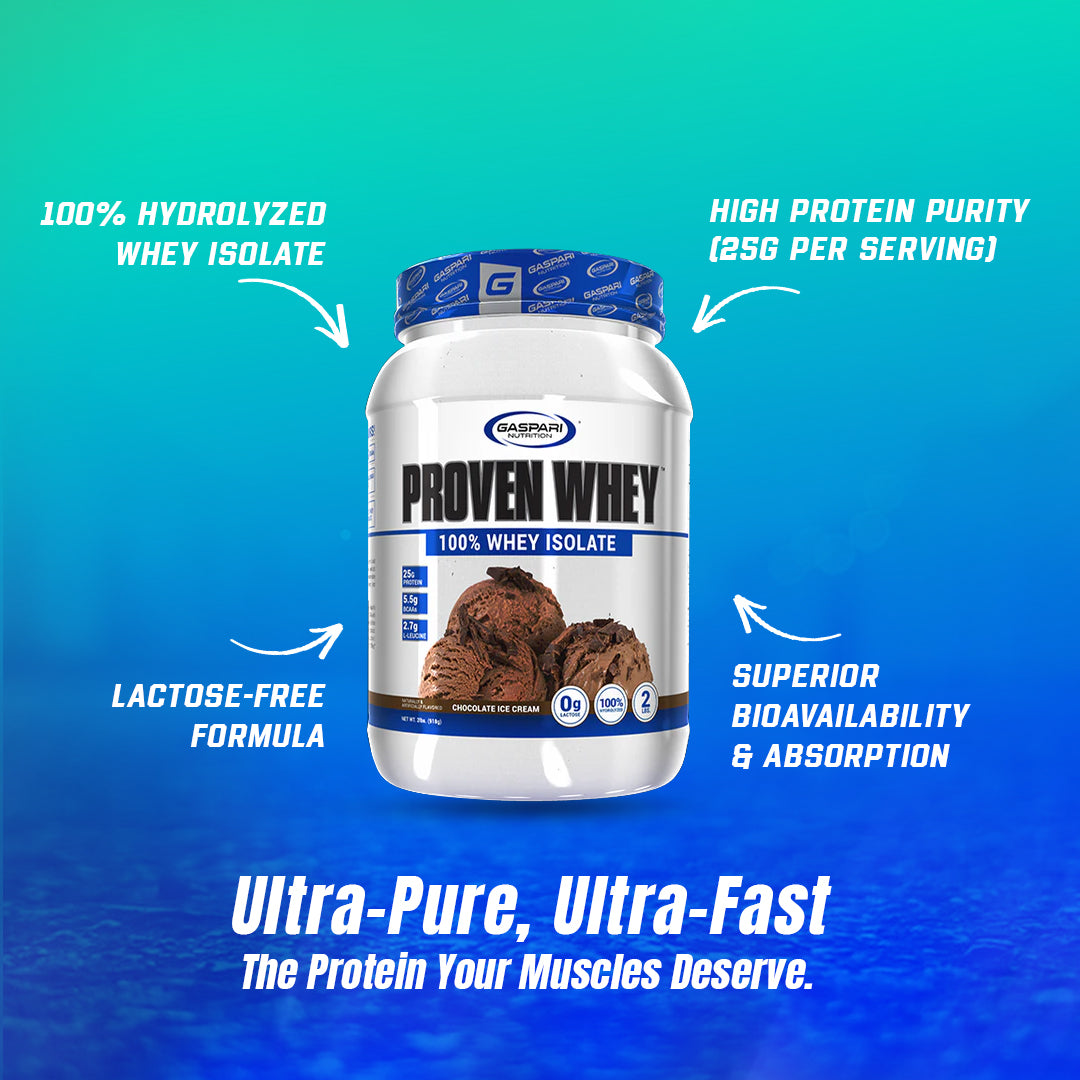

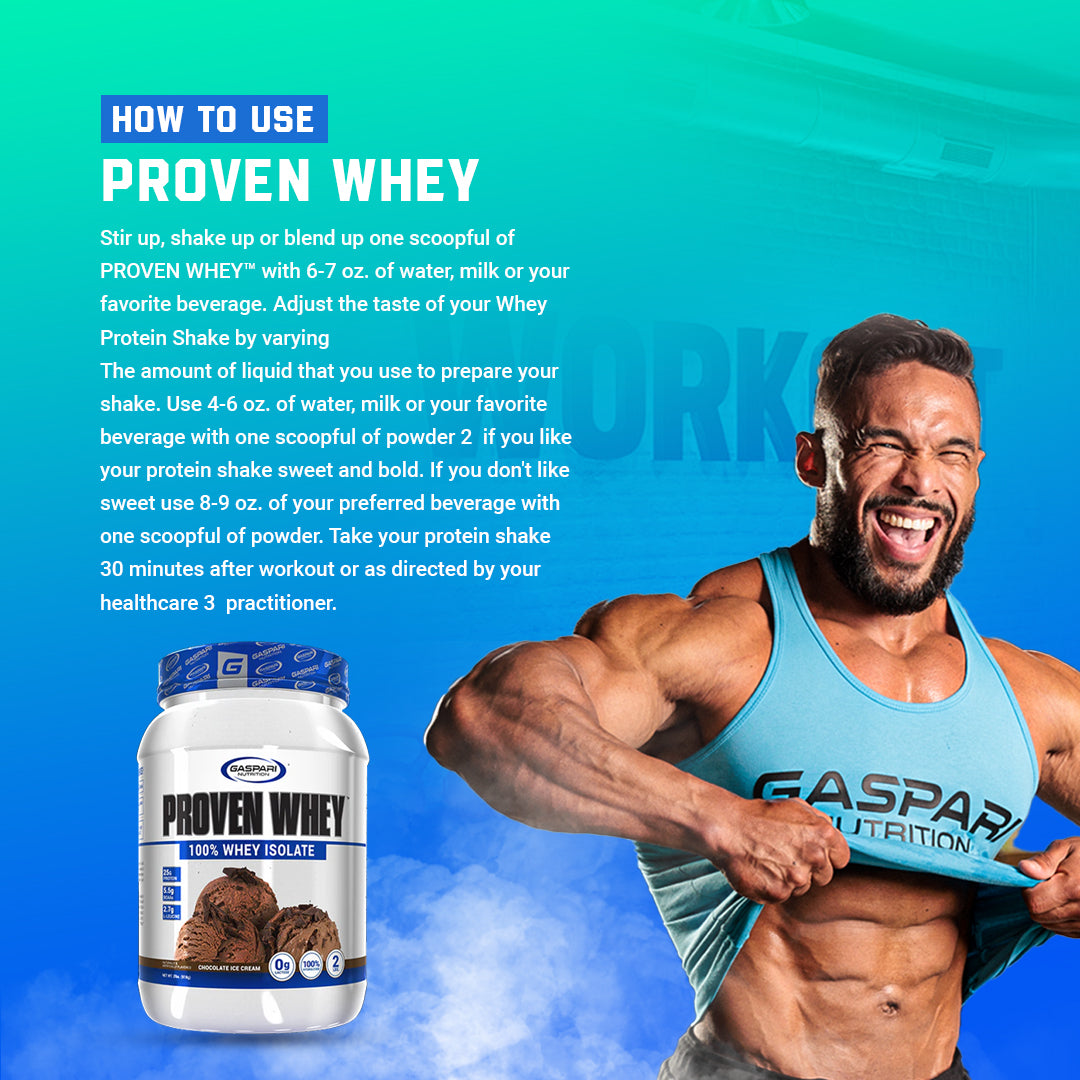
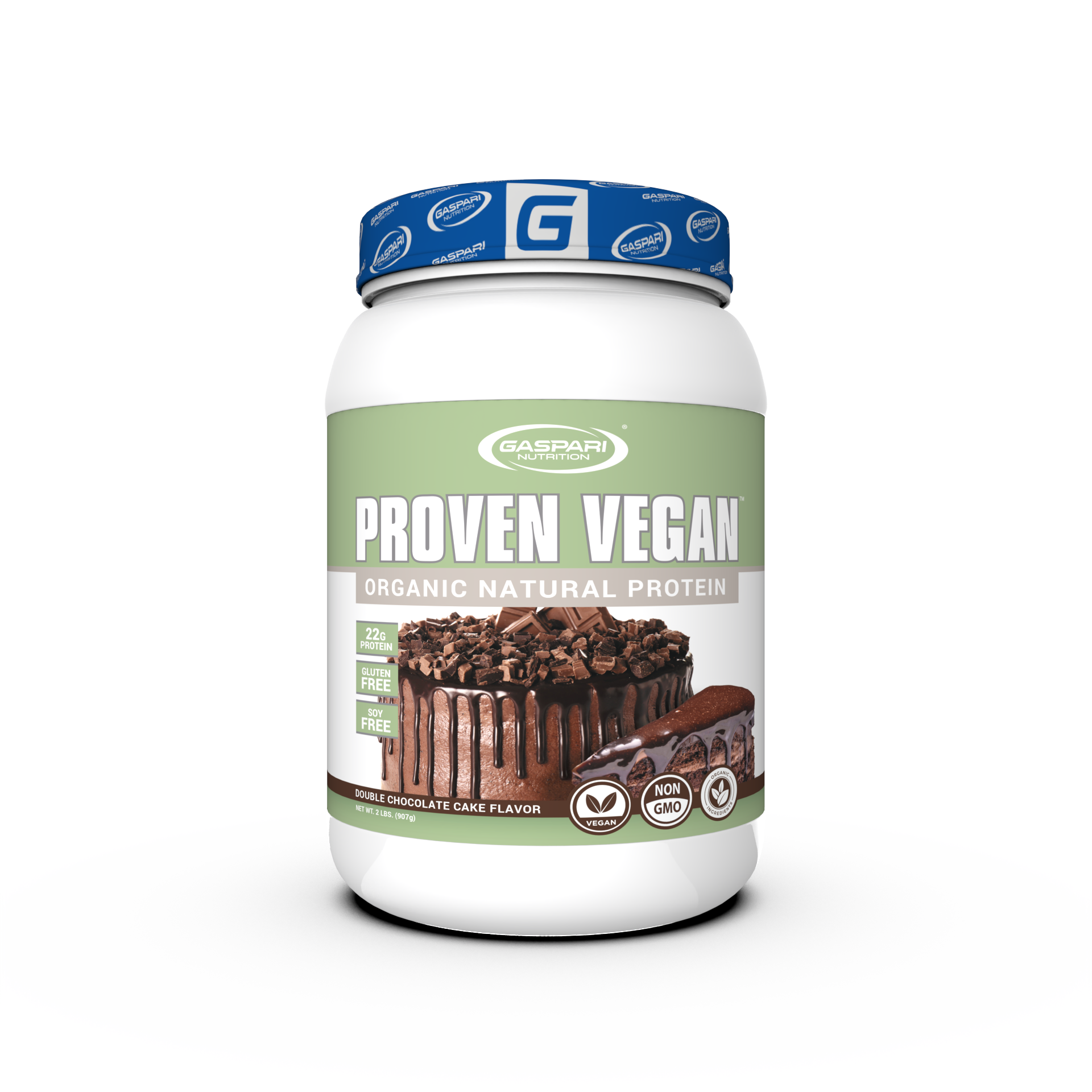

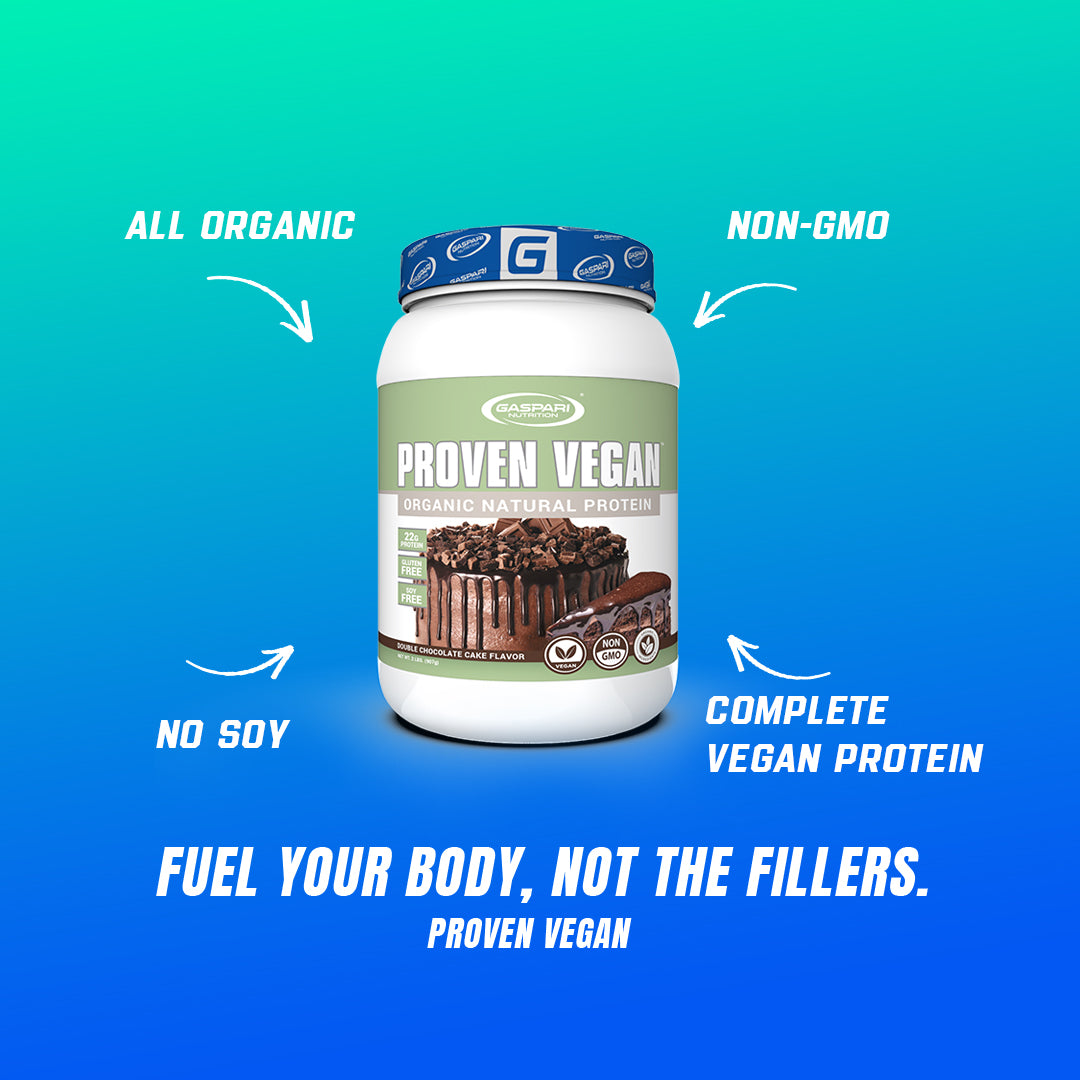
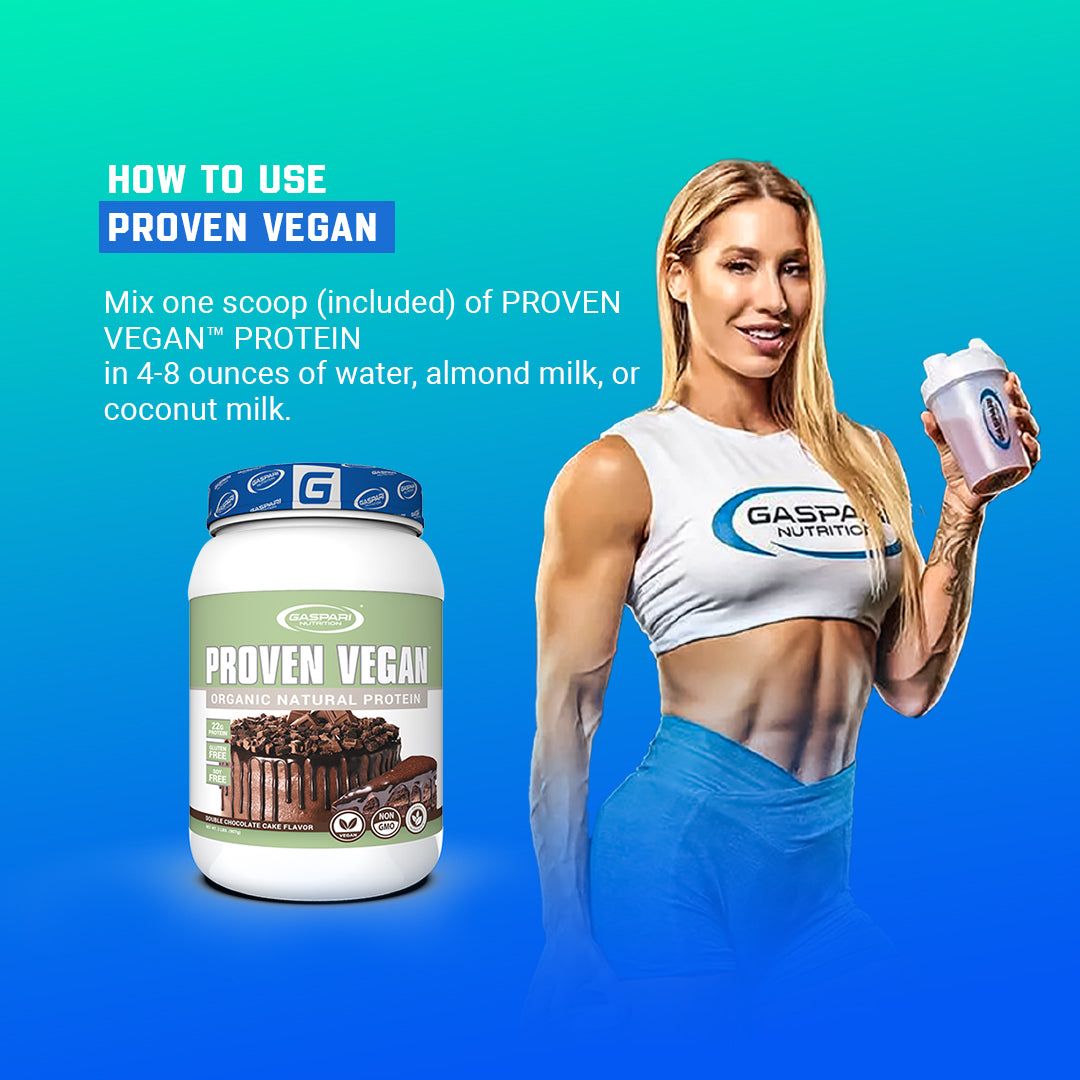



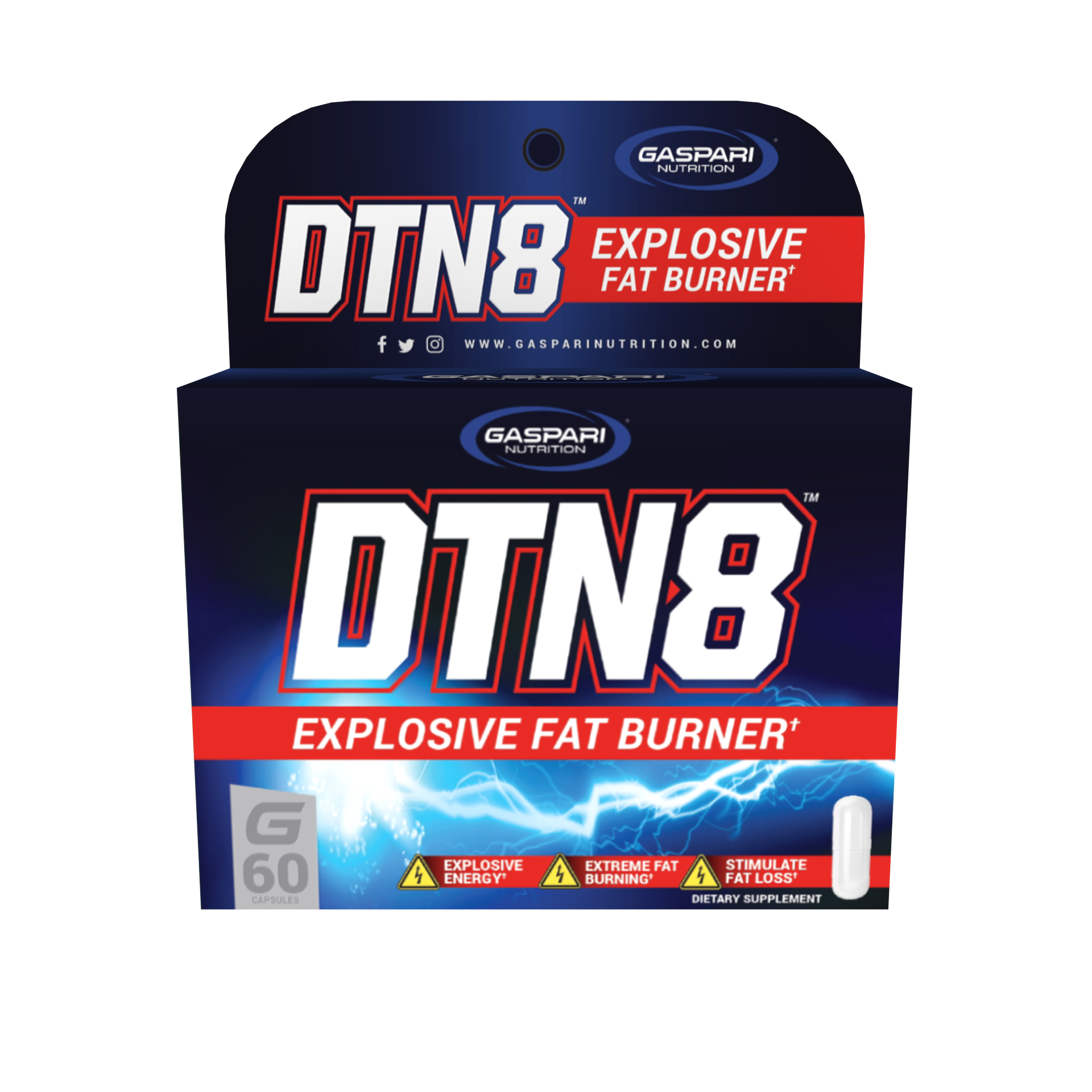

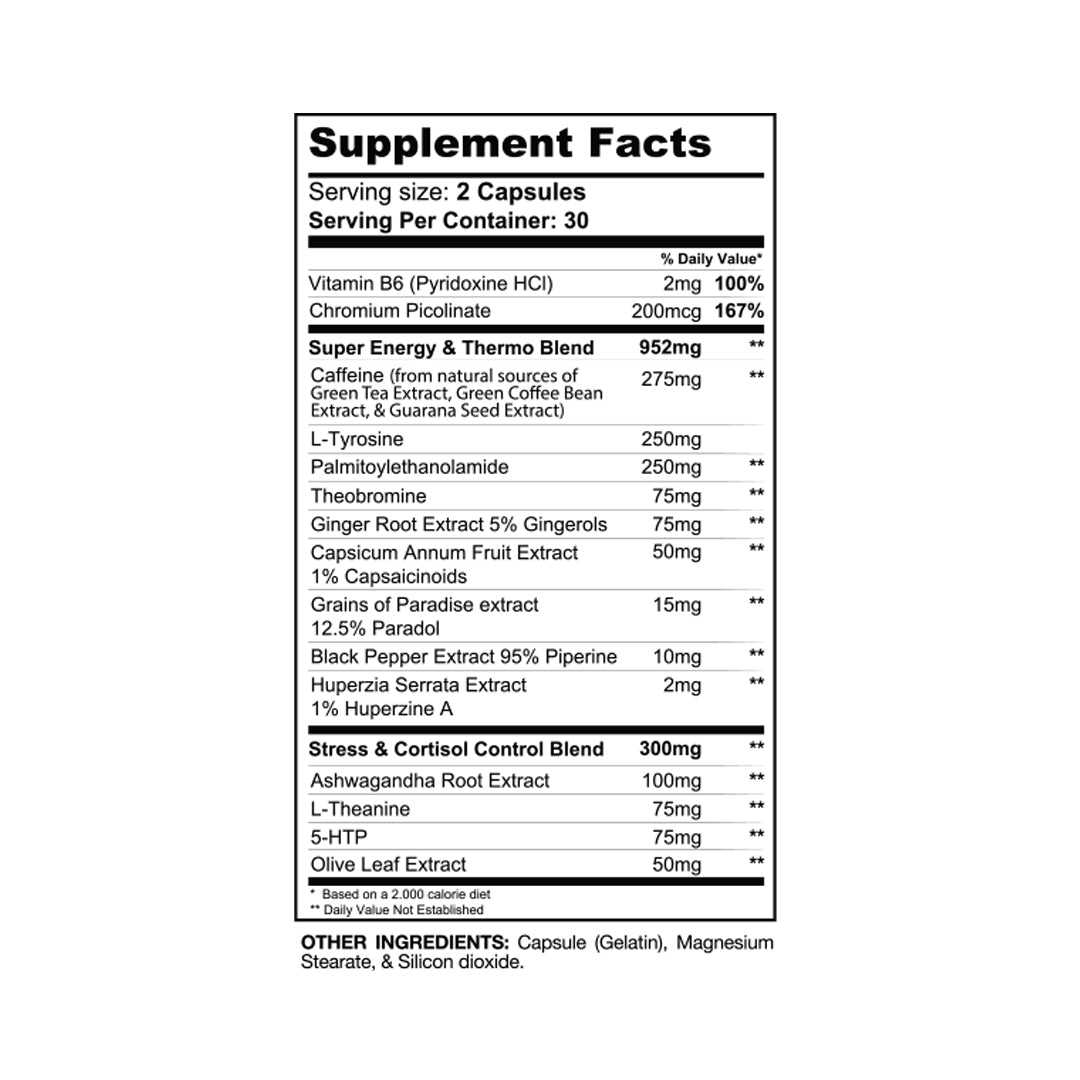
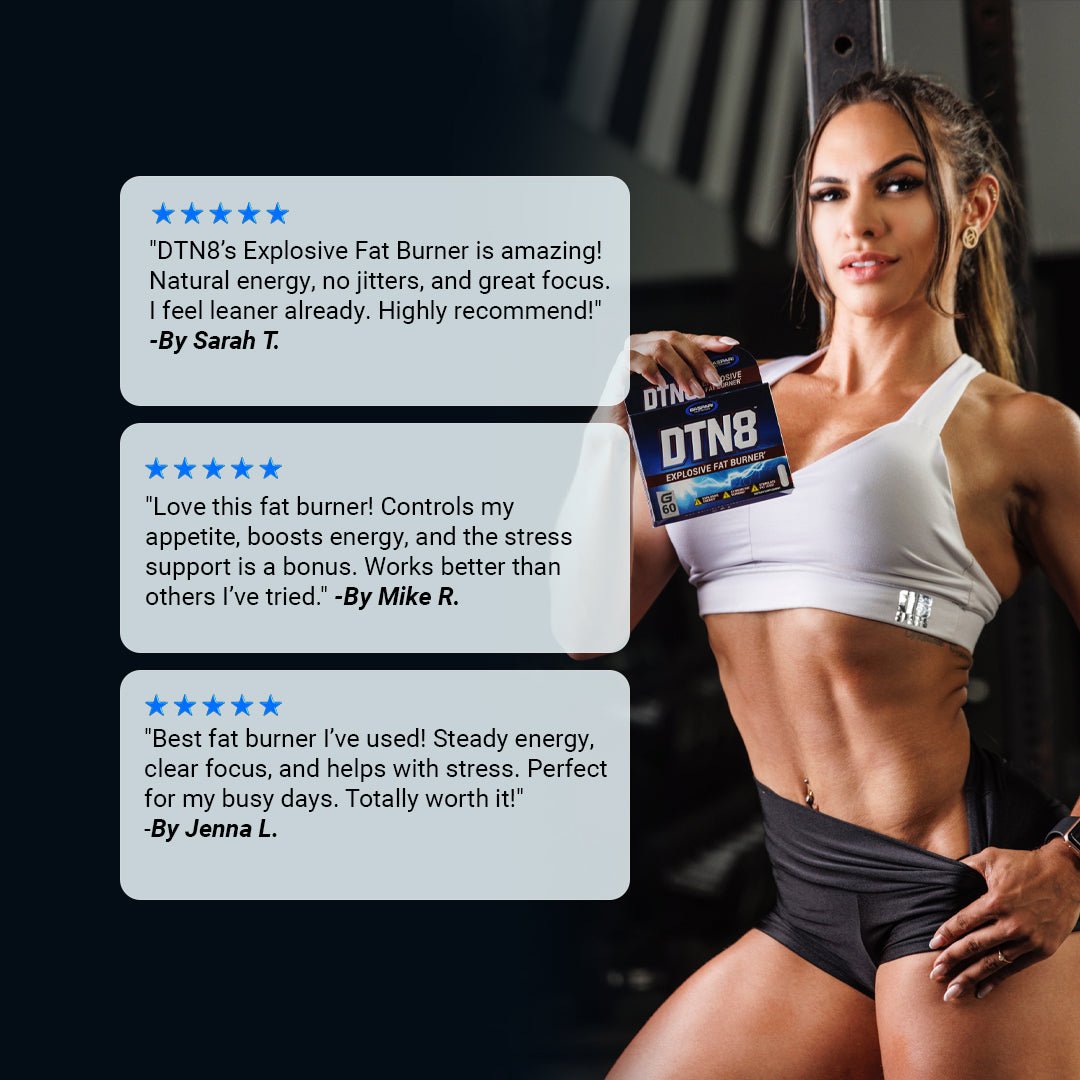
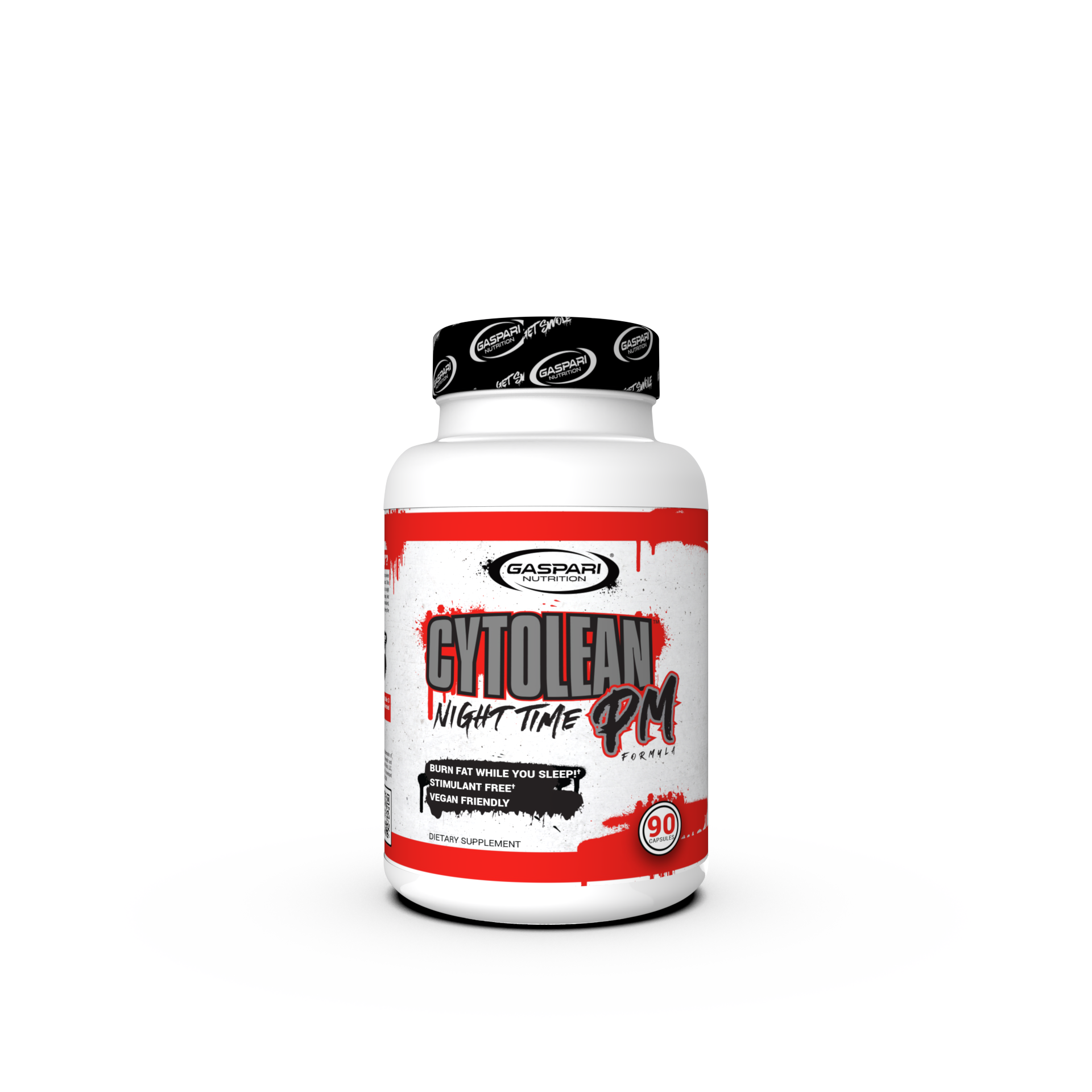
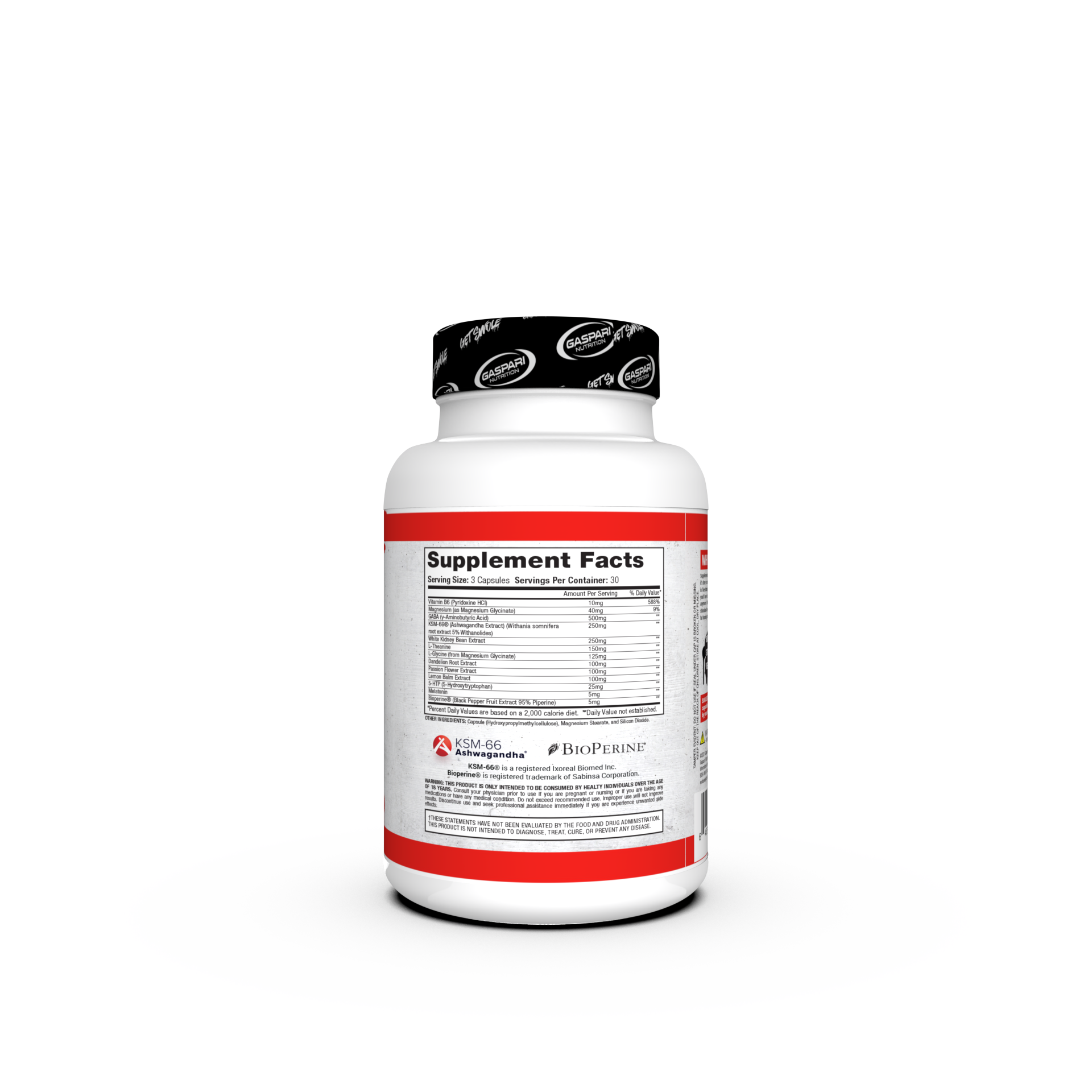


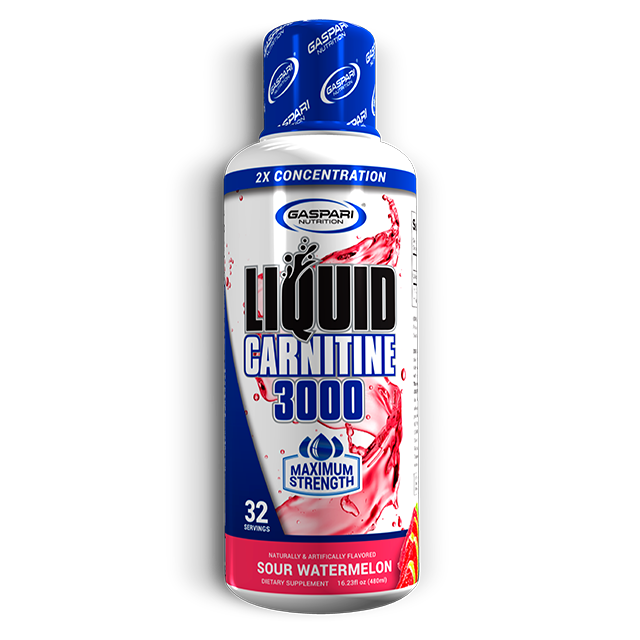

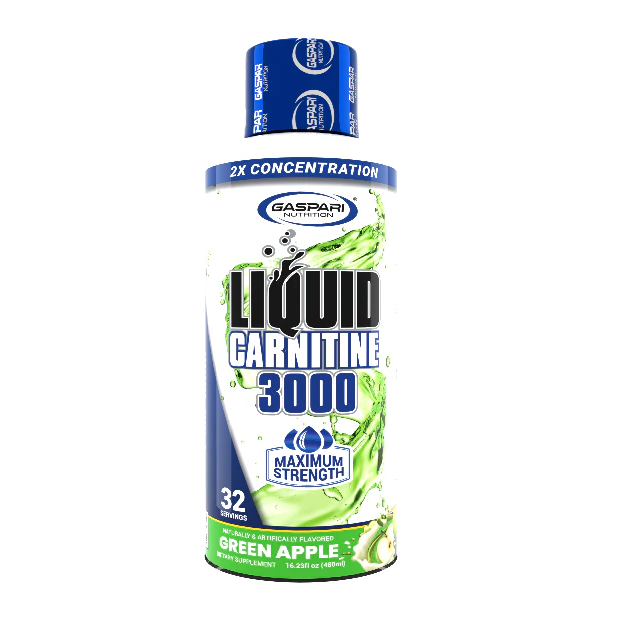

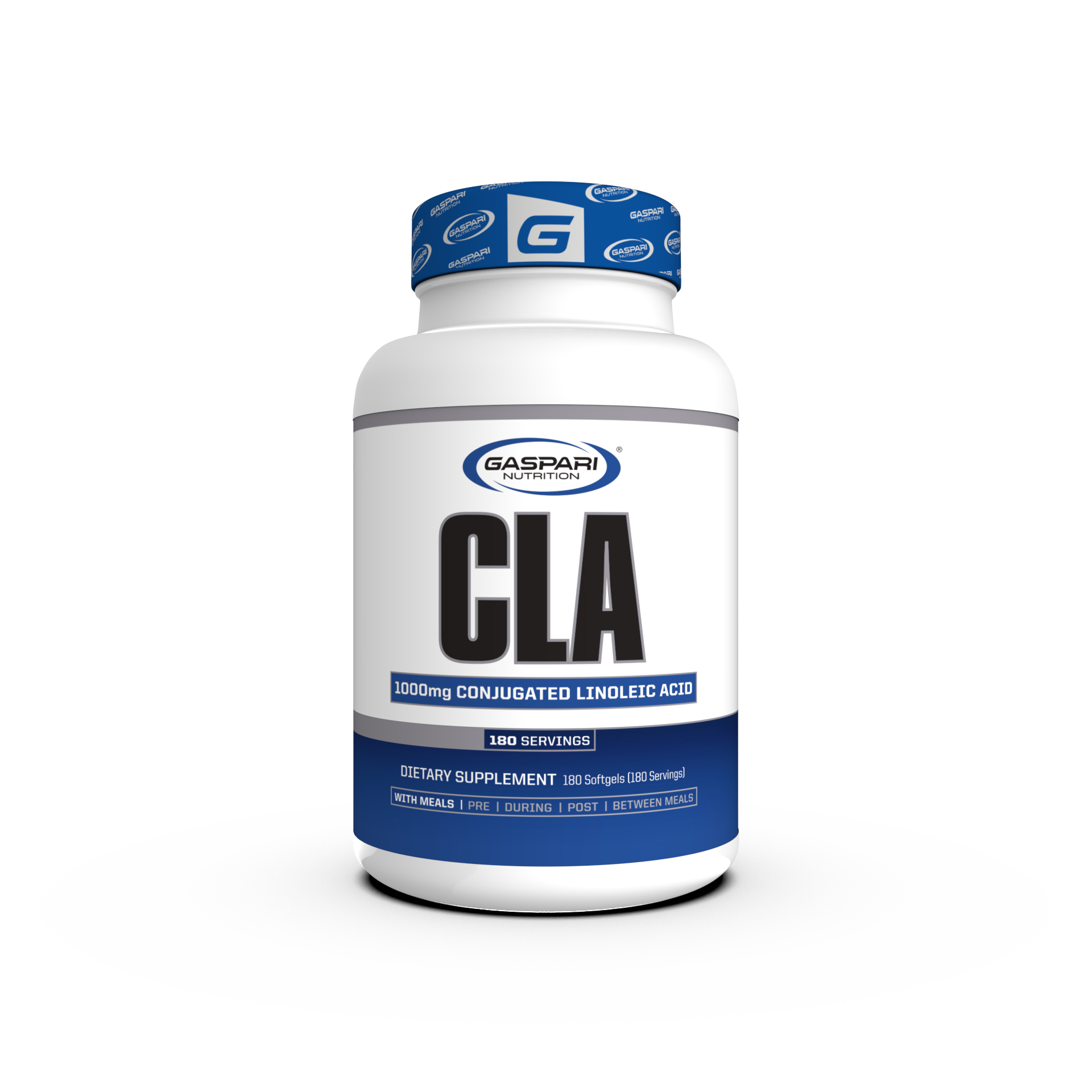

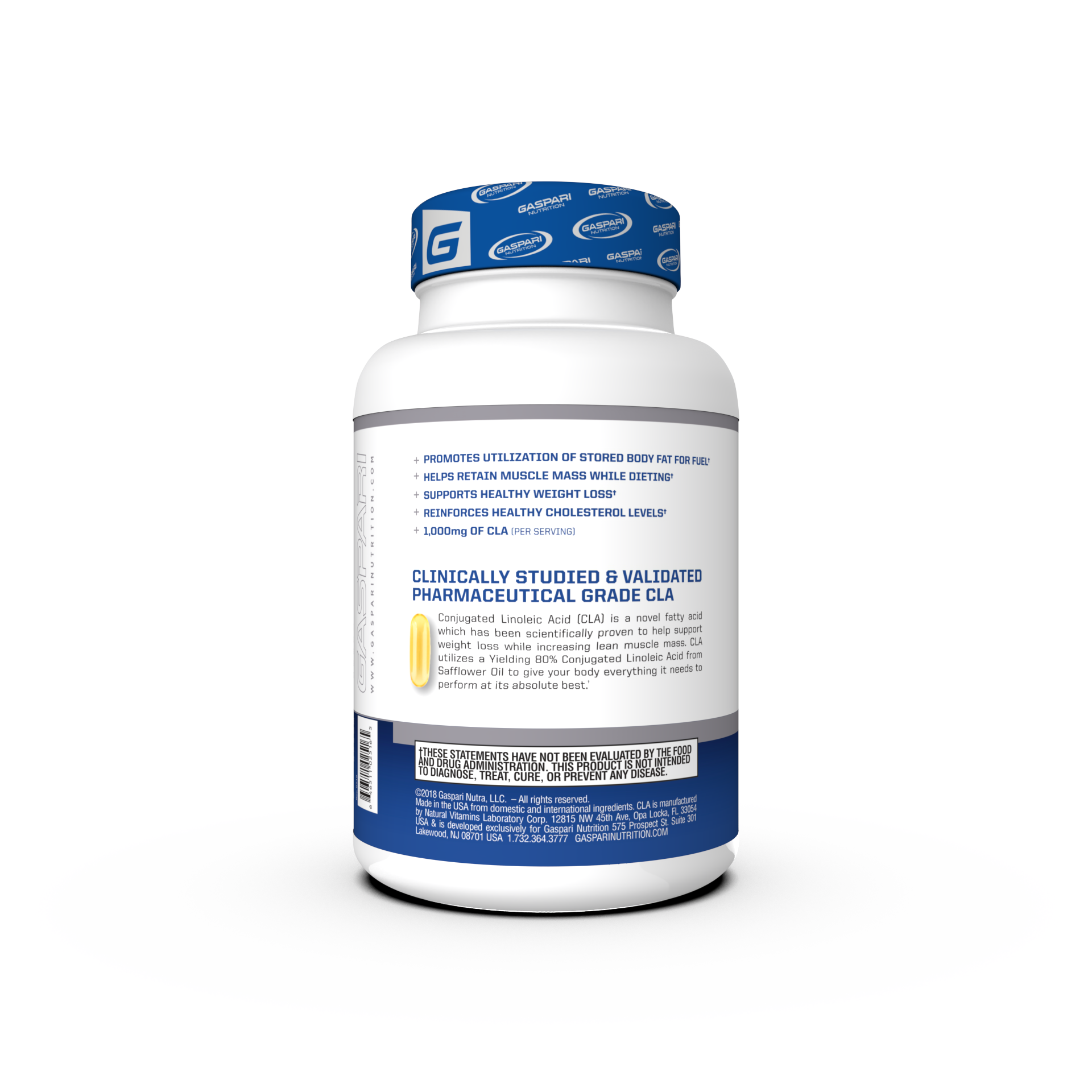






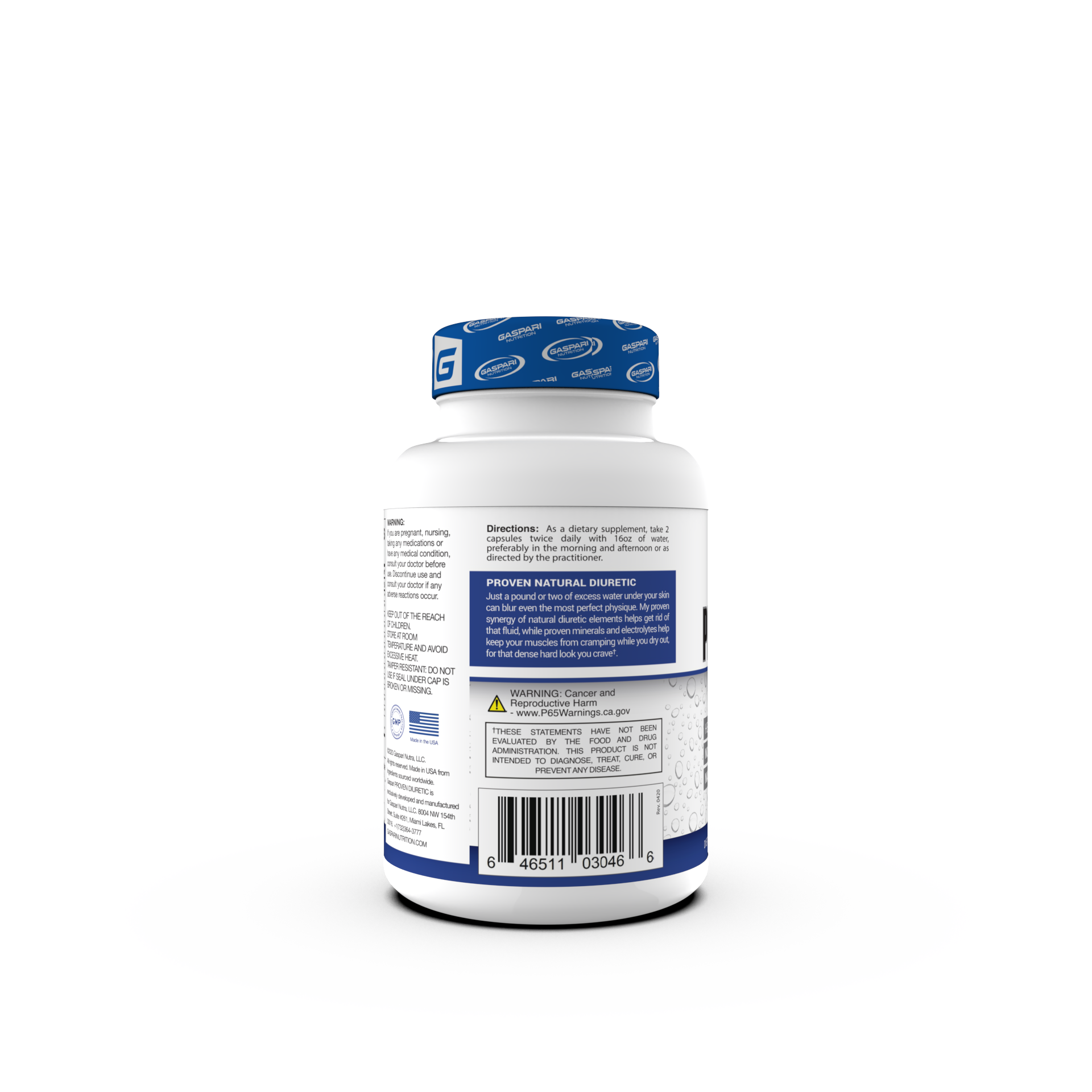

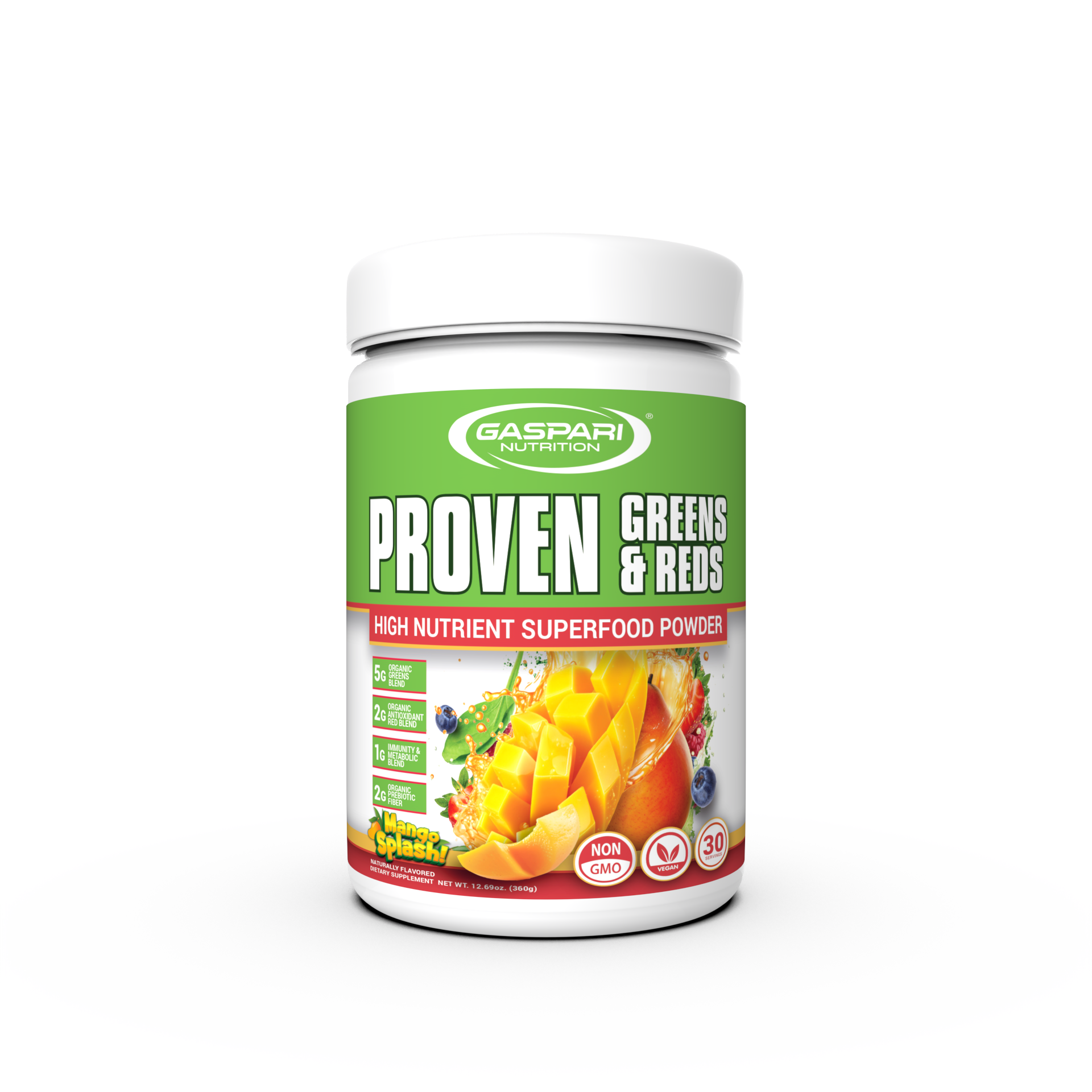
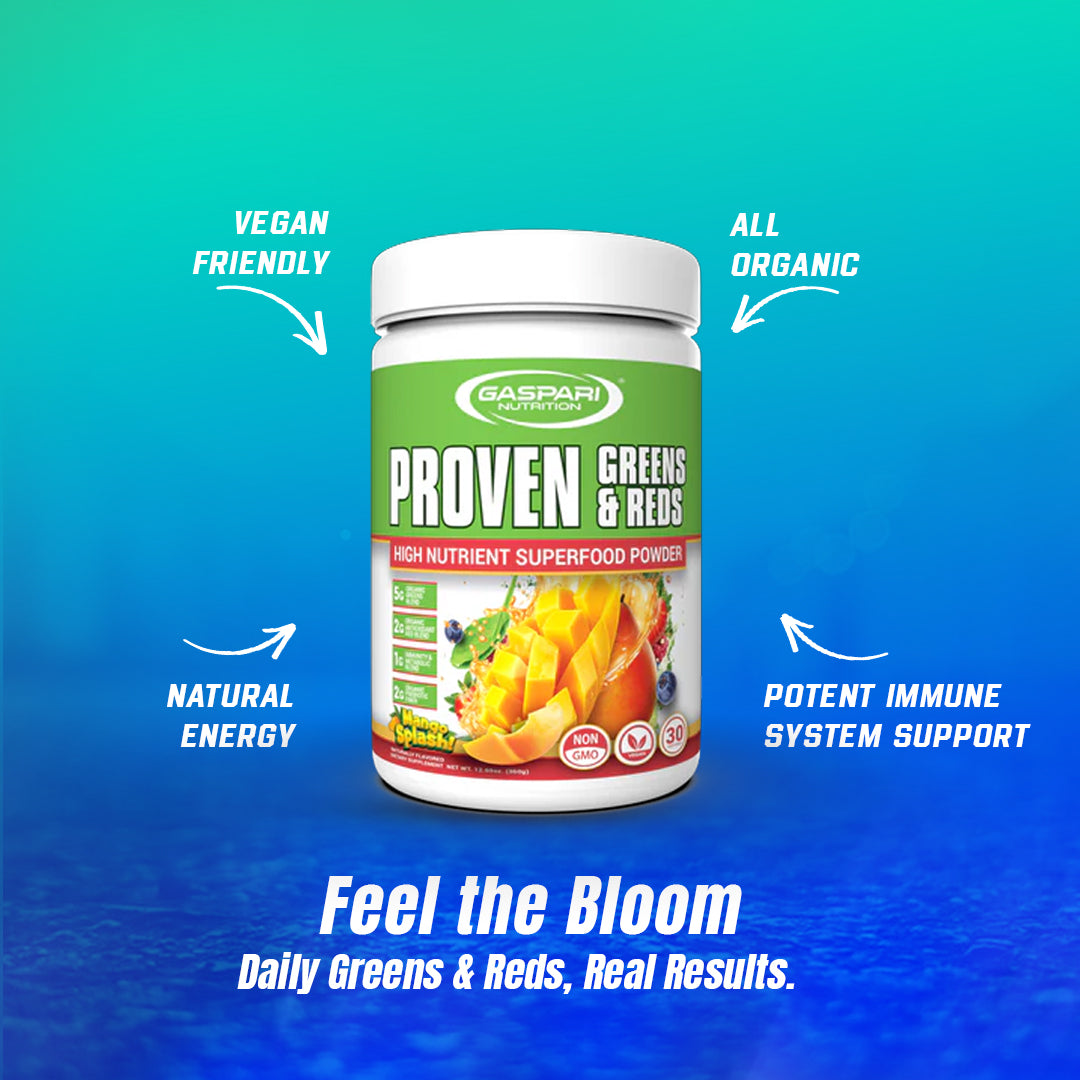
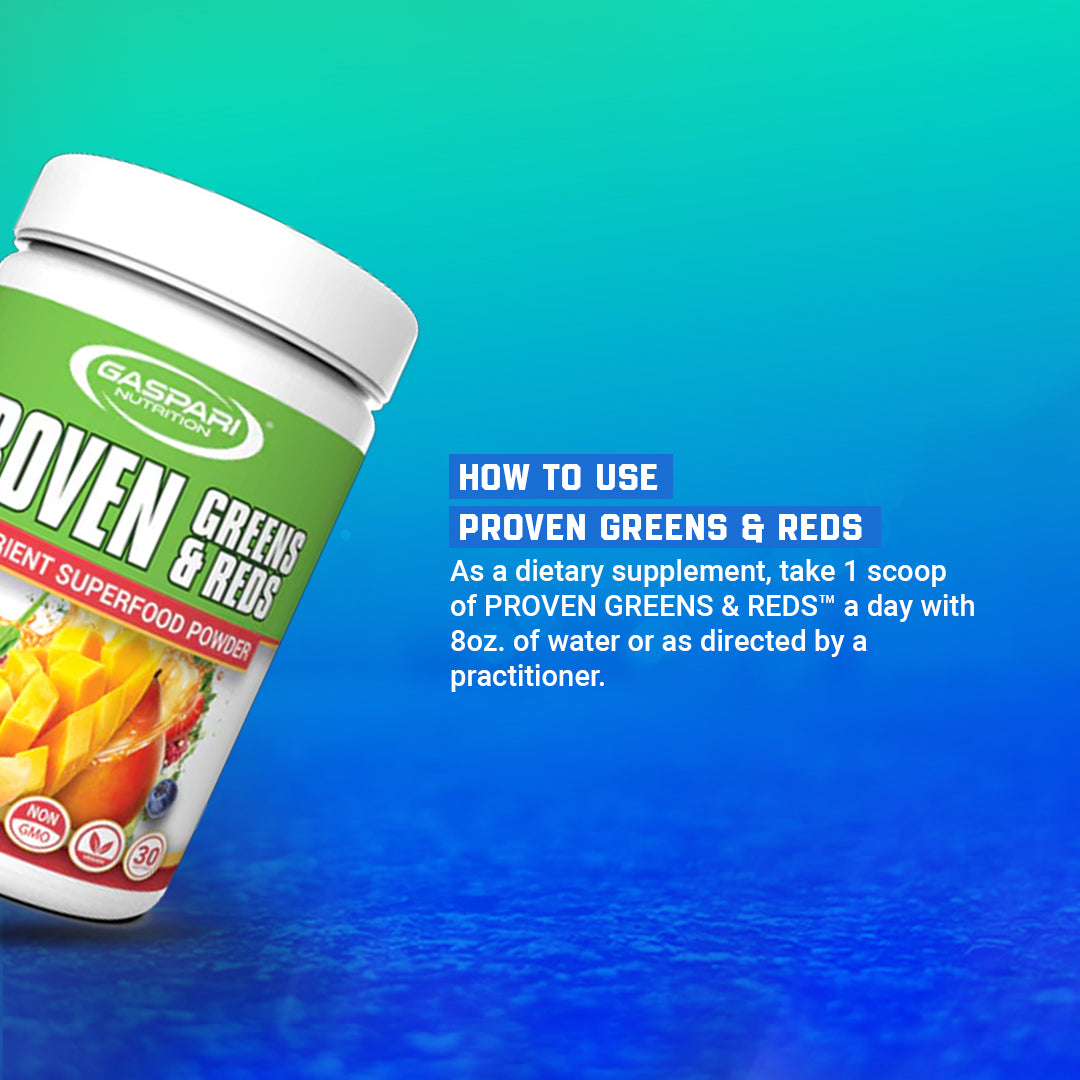
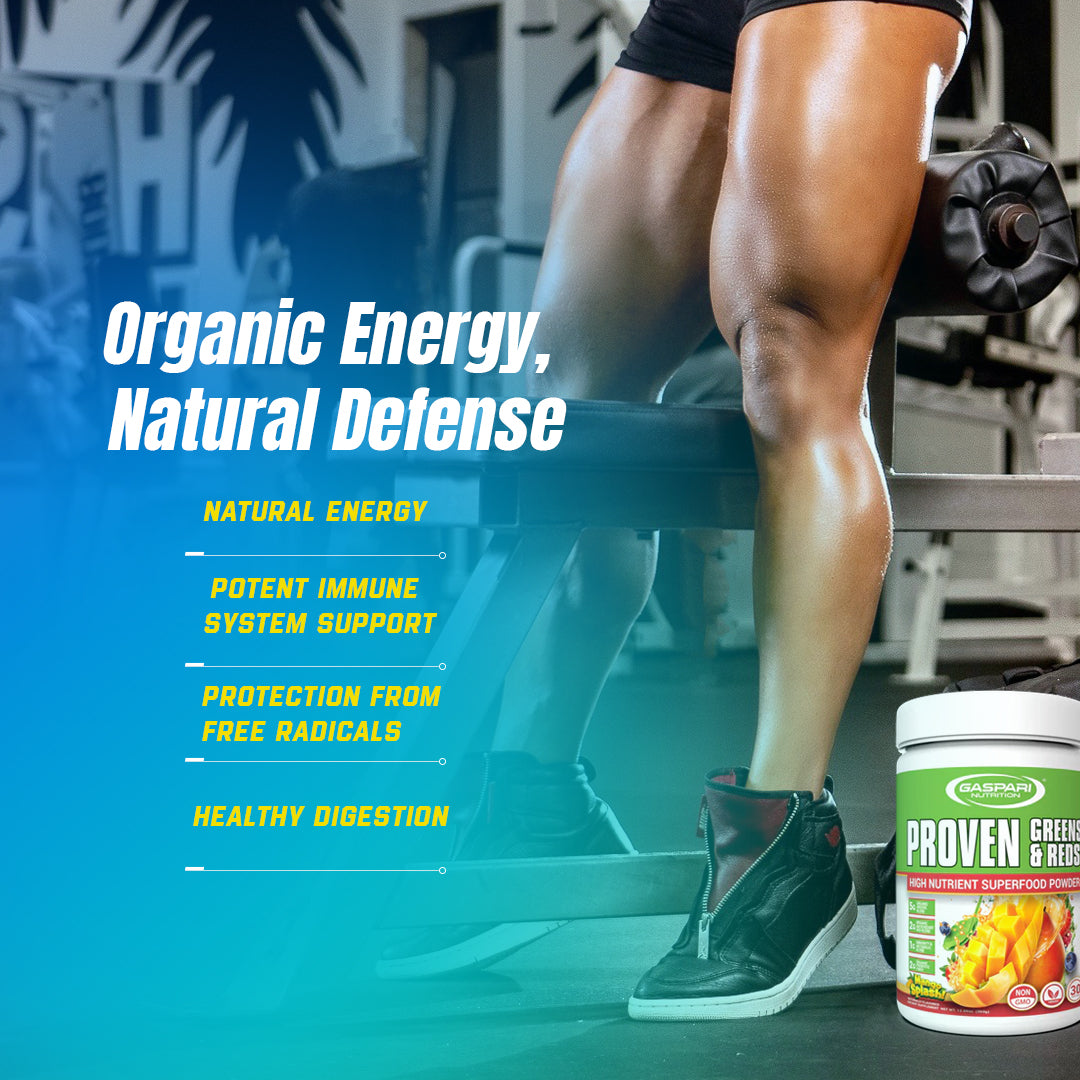
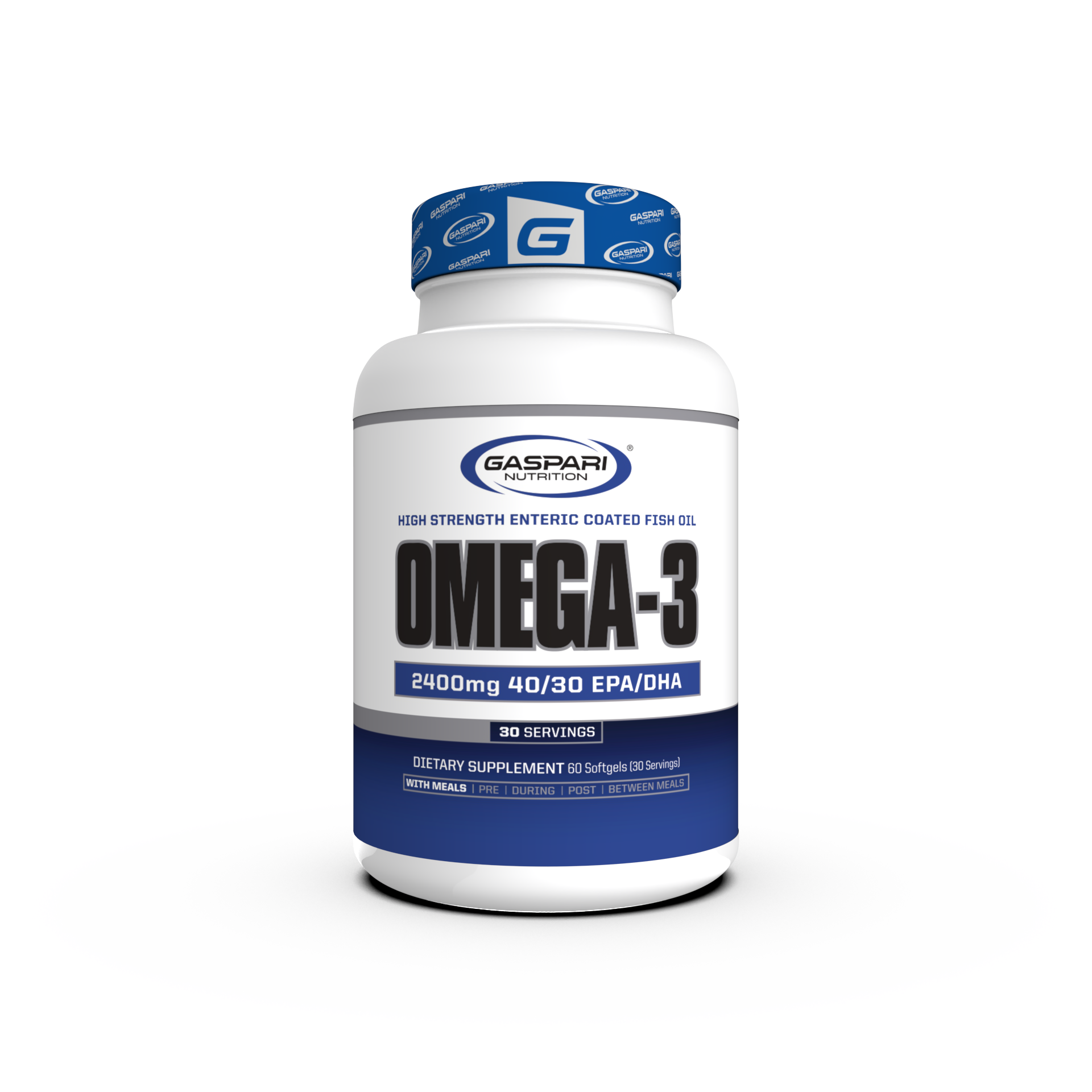




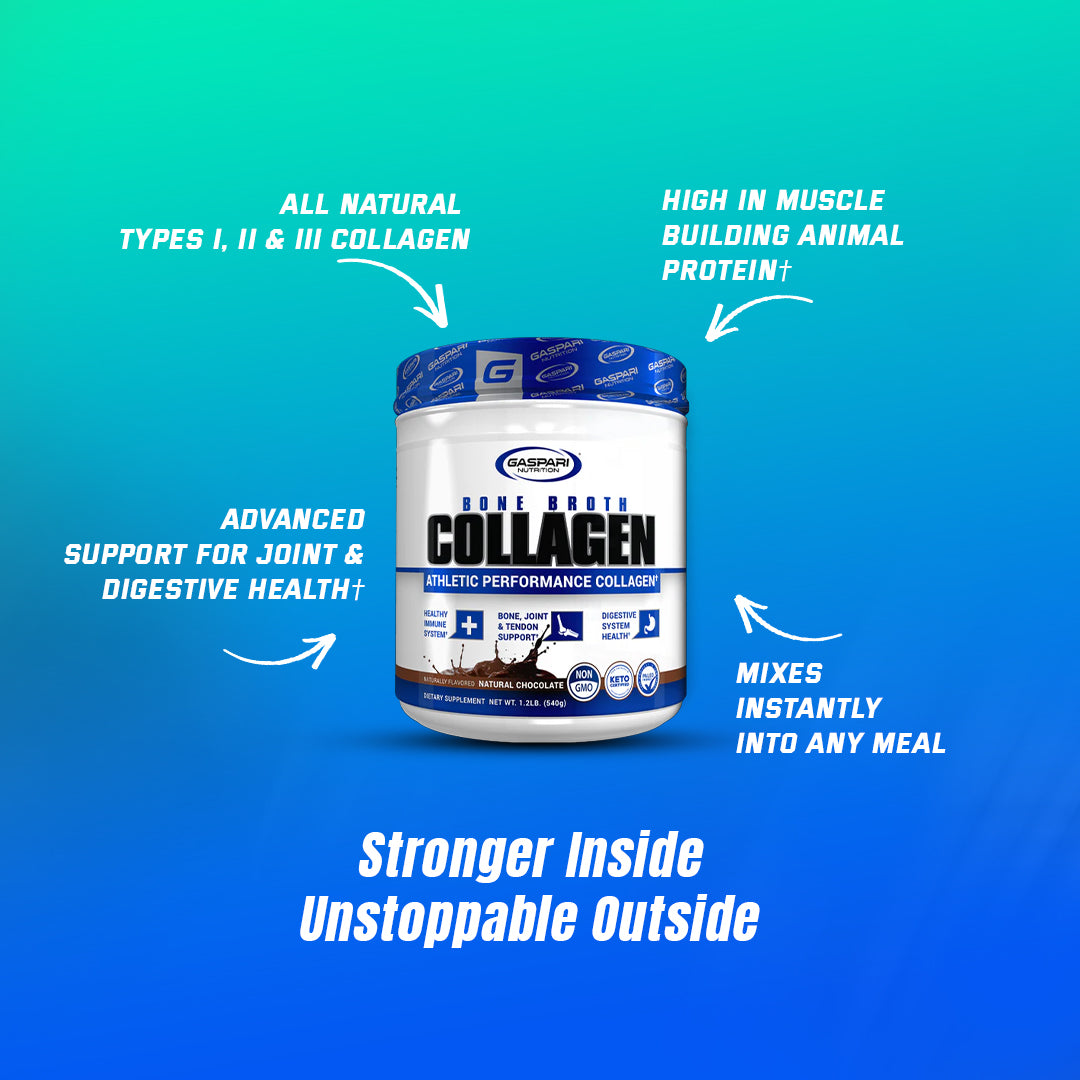
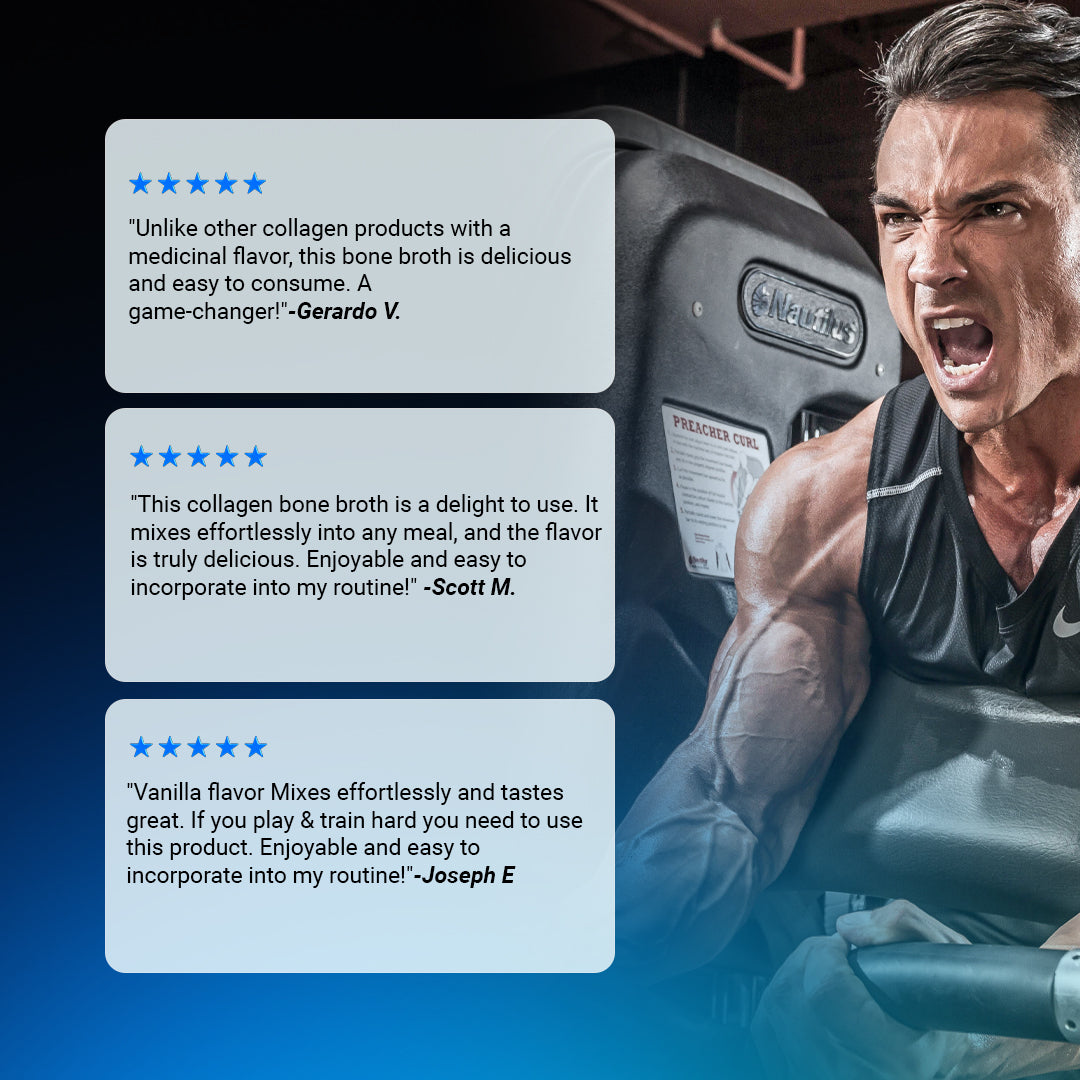
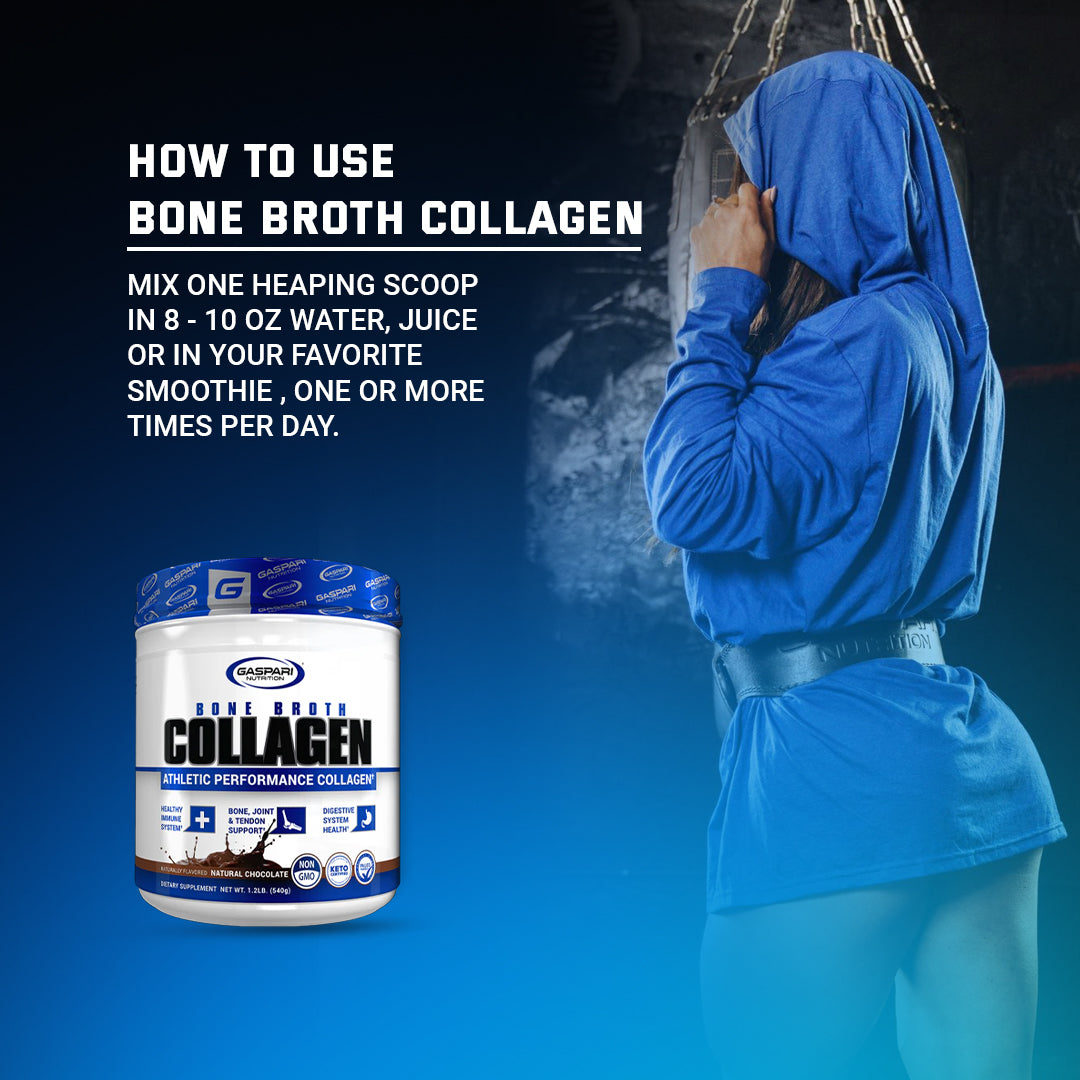
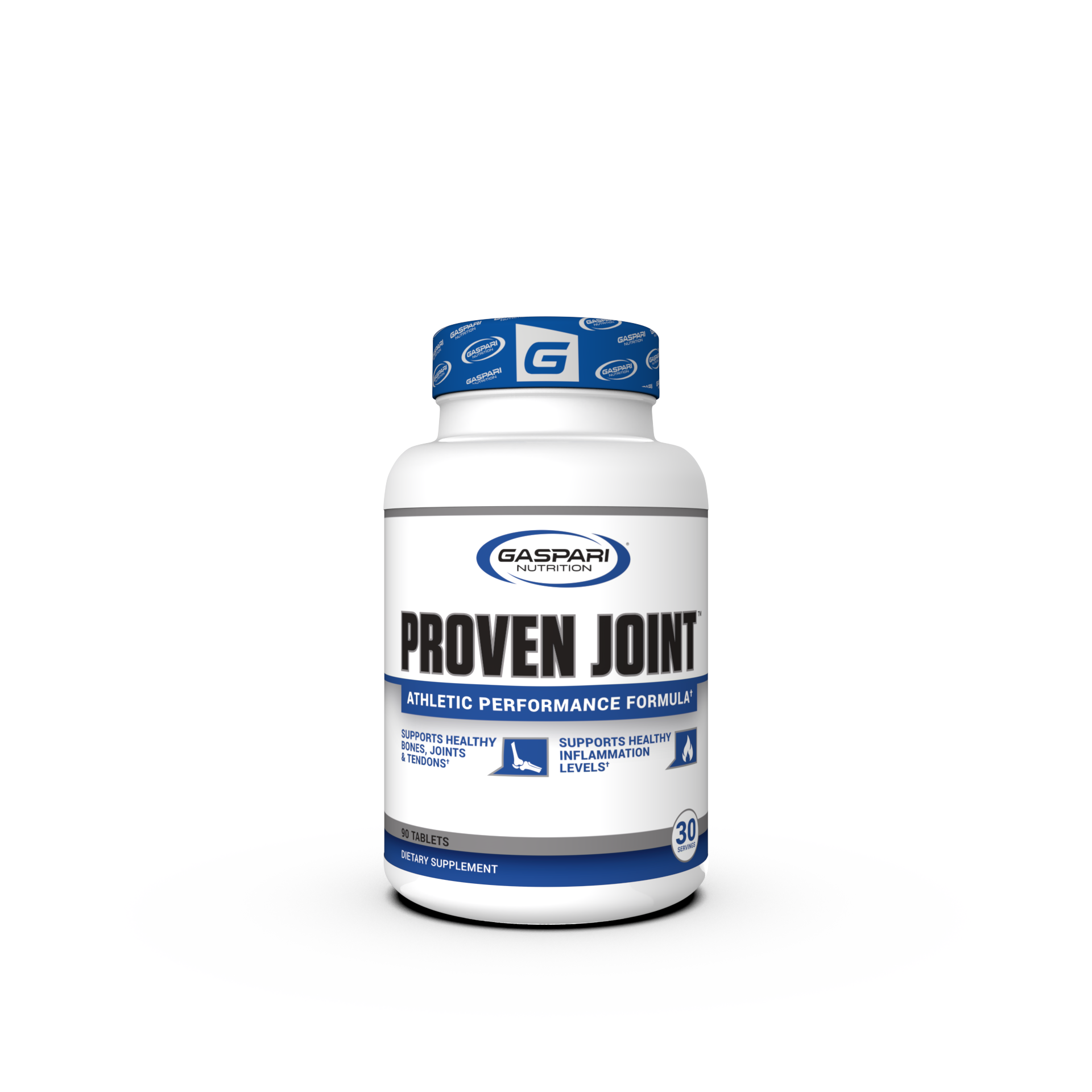
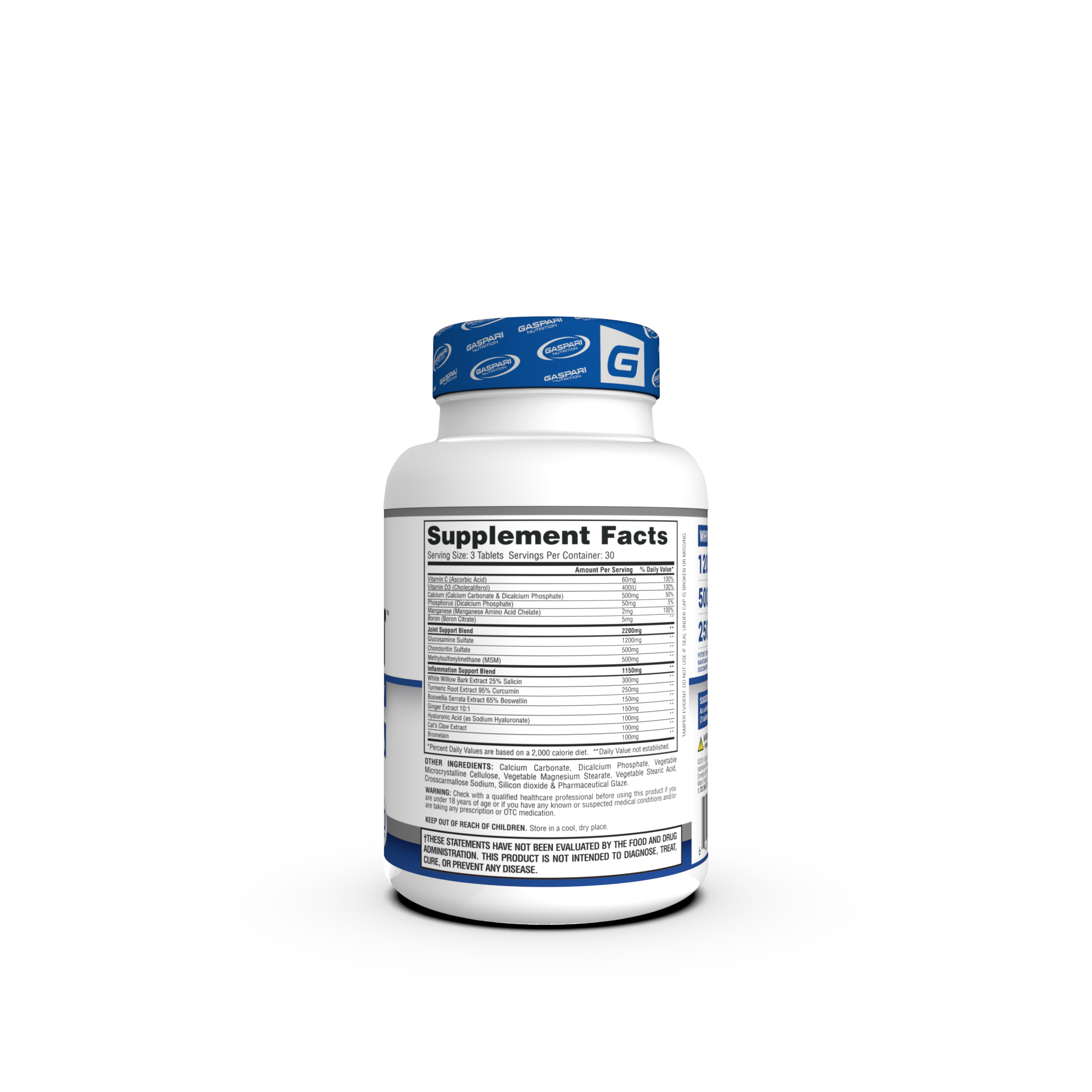
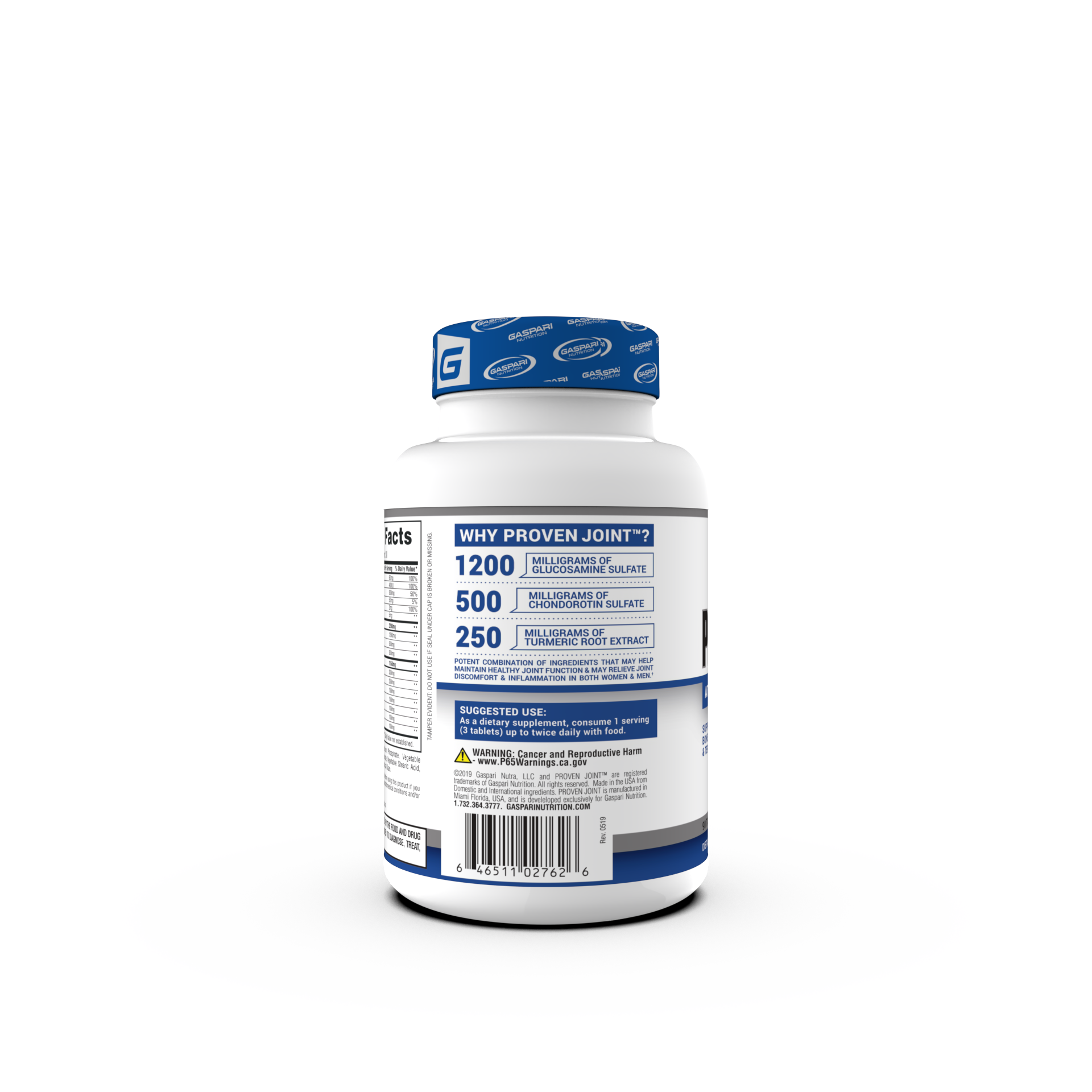
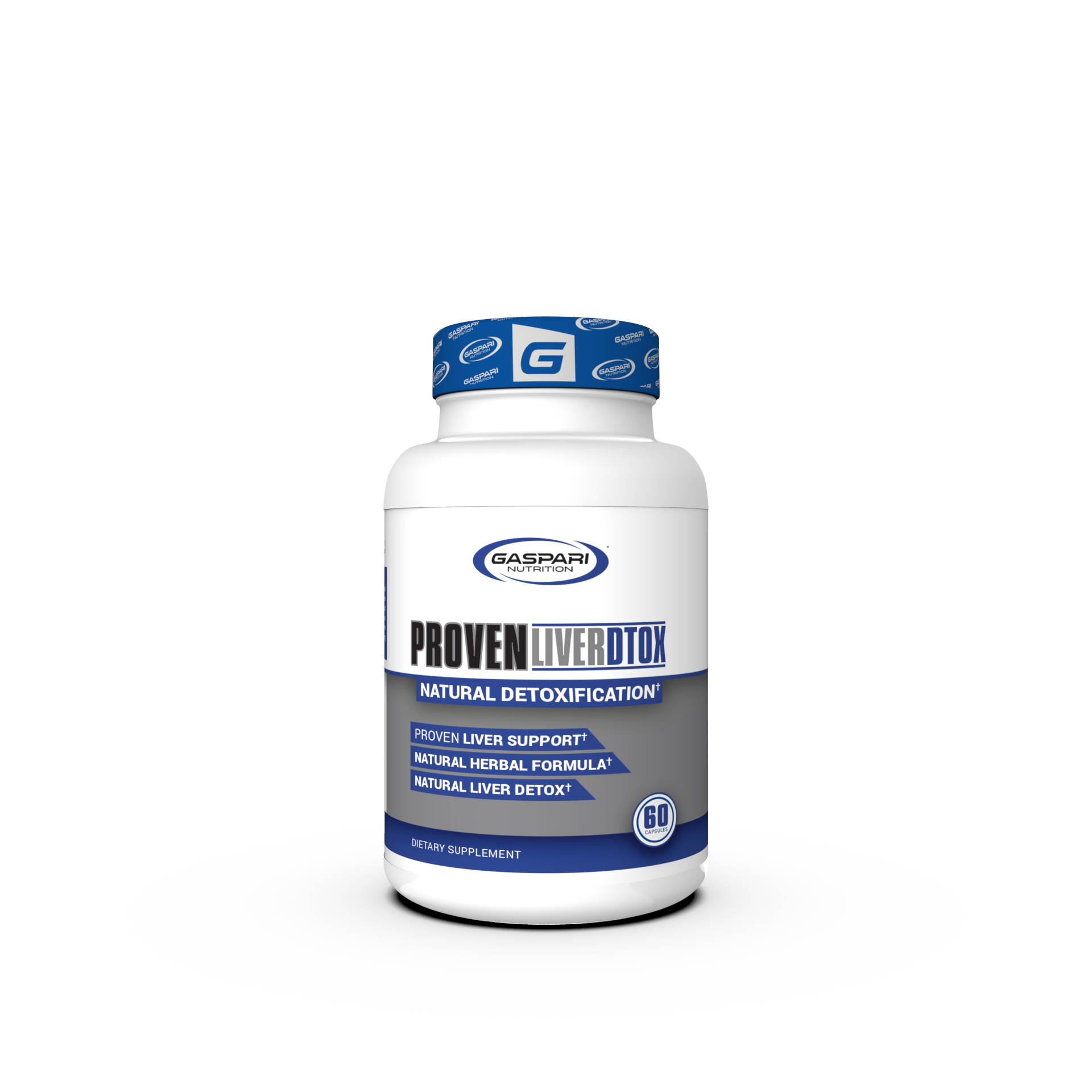

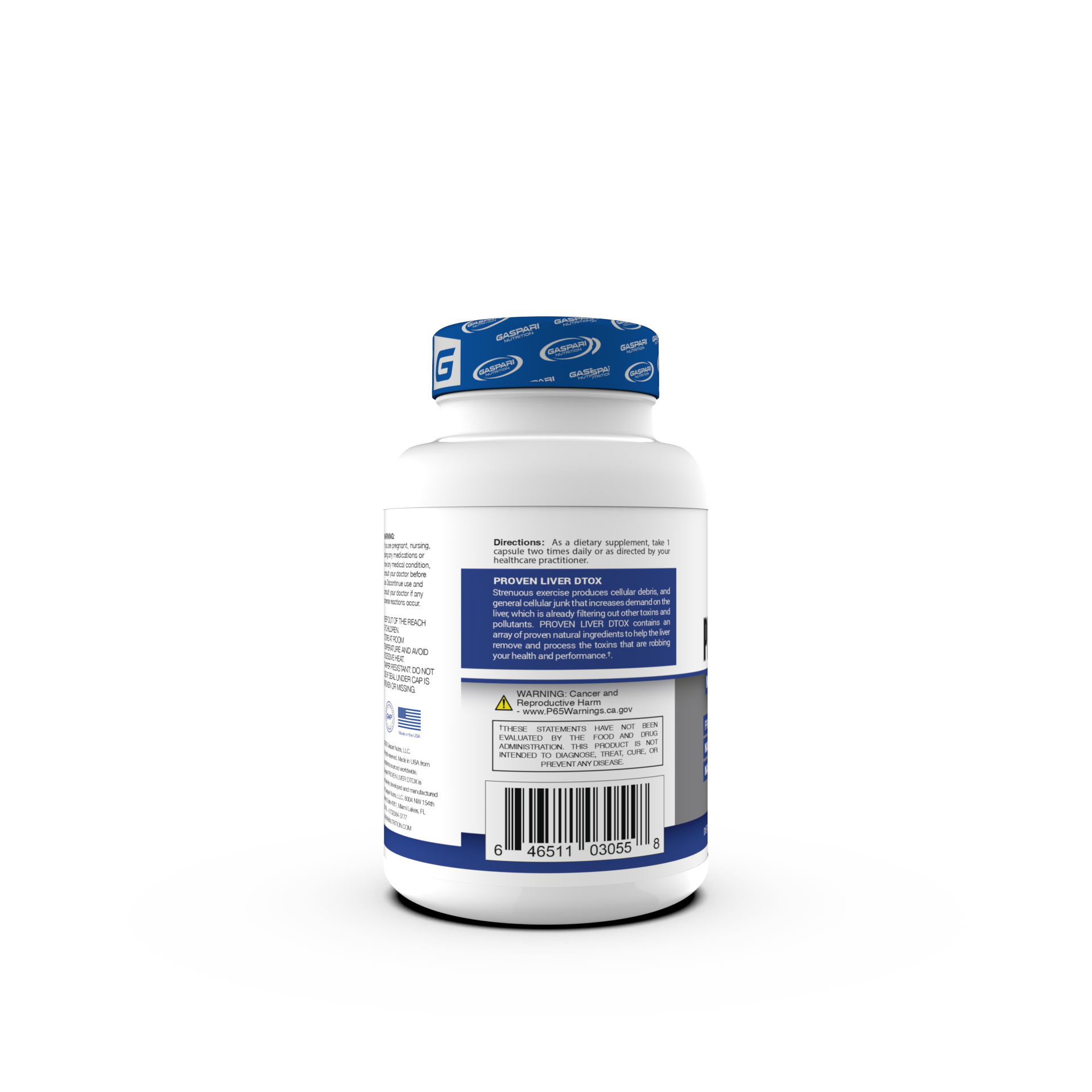
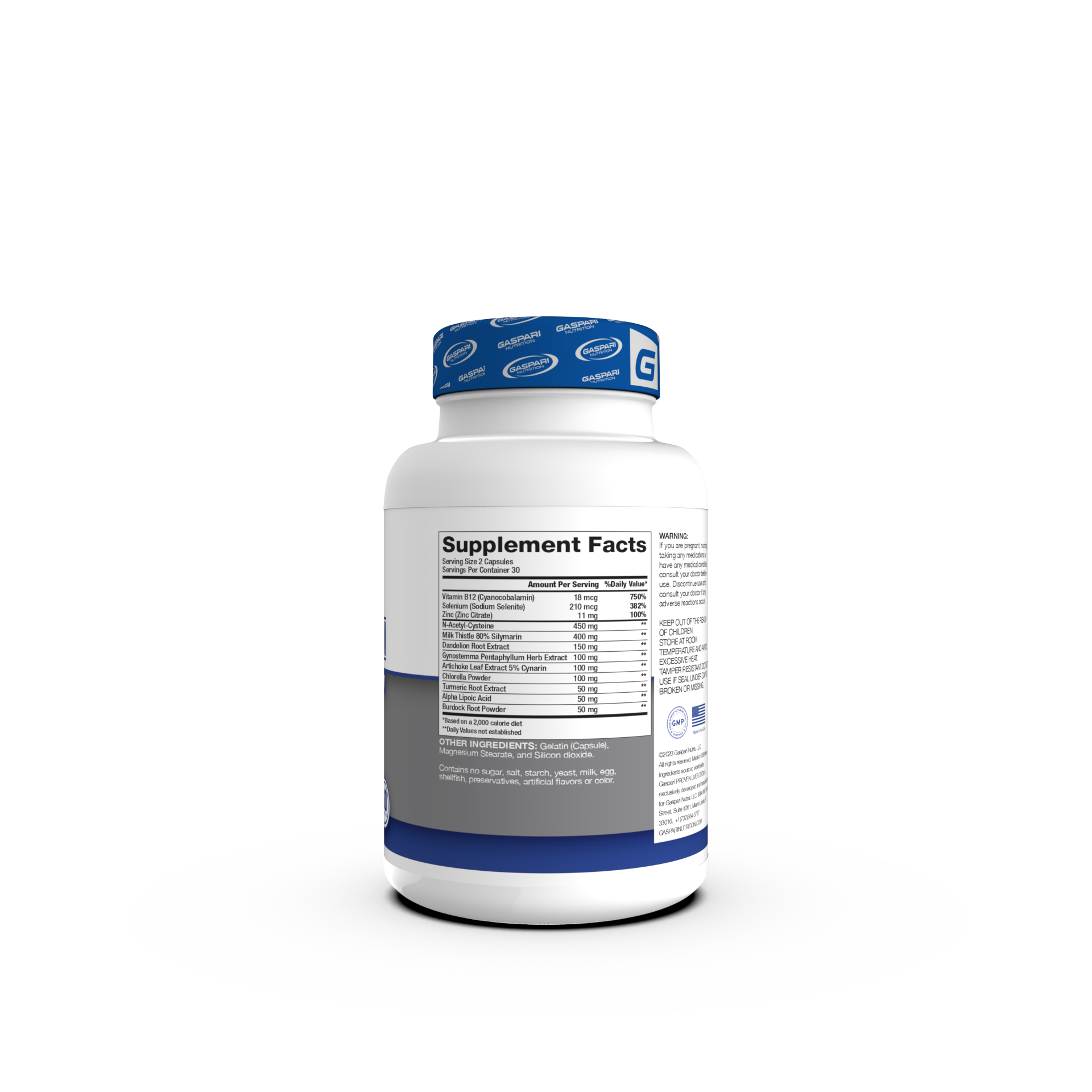
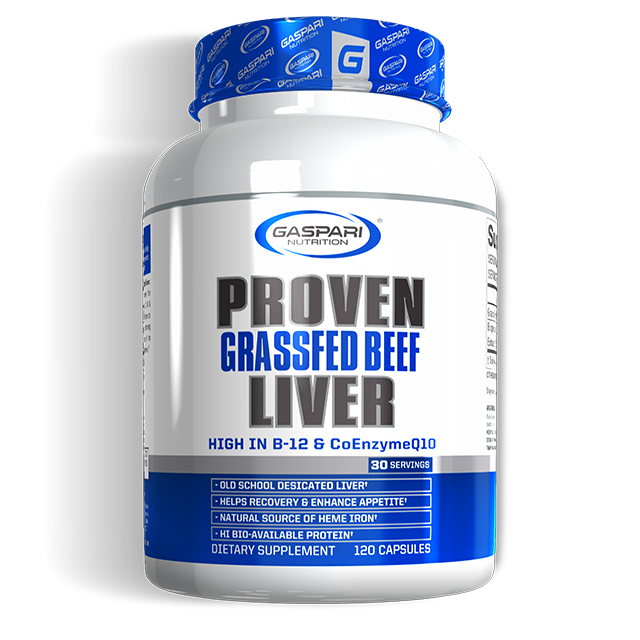
Share:
Two Arm Dumbbell Row for Thickness
T-Bar Rows: The Back-Building Powerhouse You Need in Your Routine